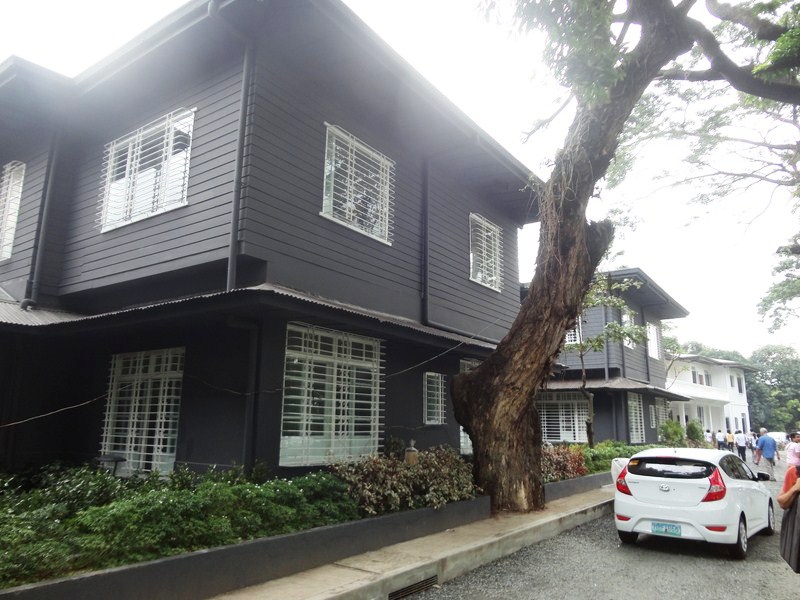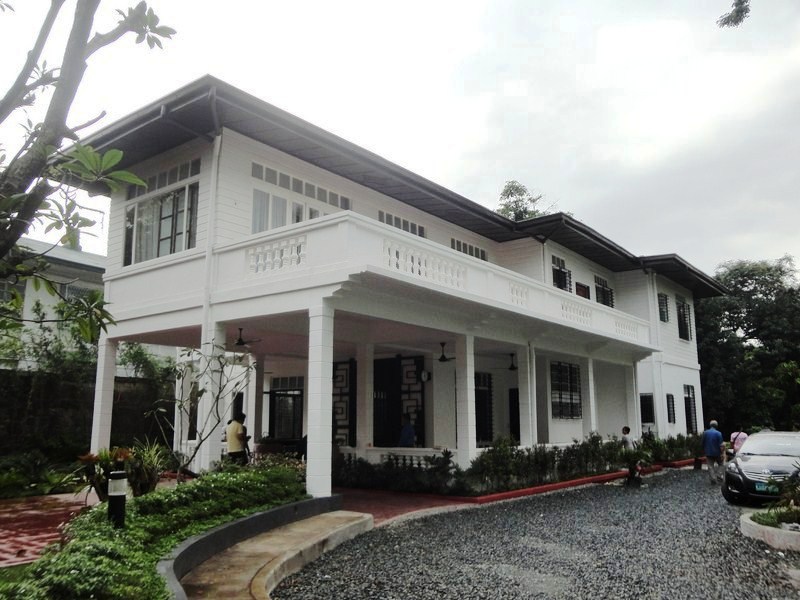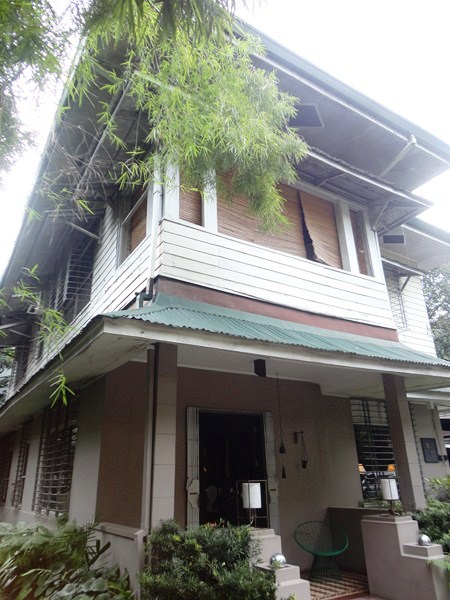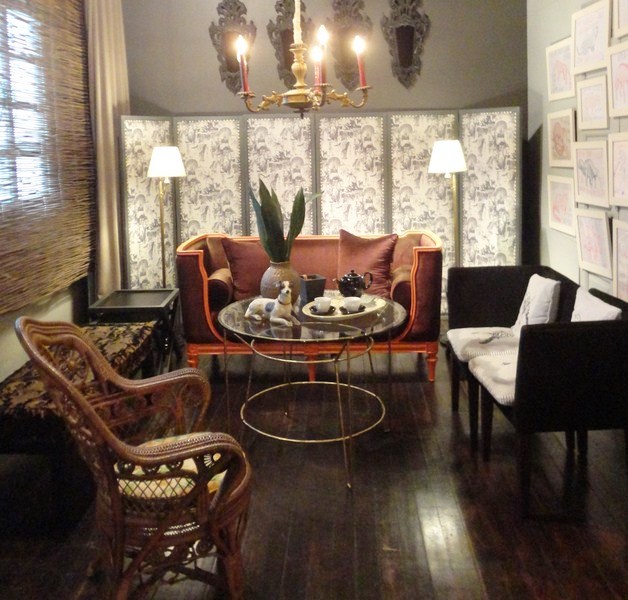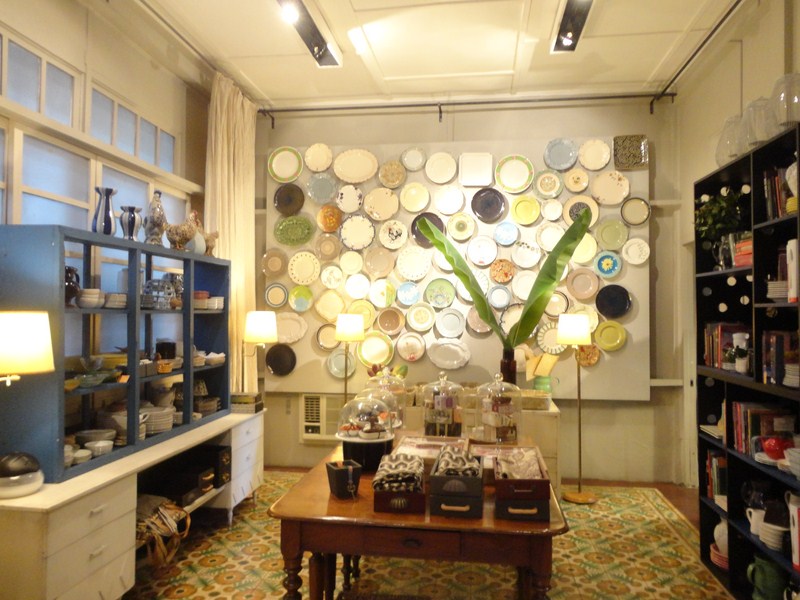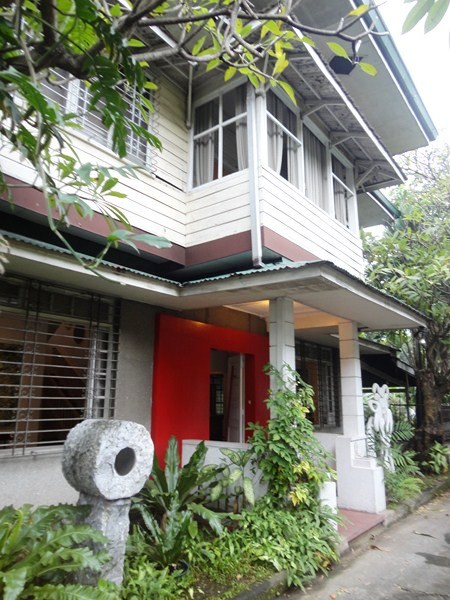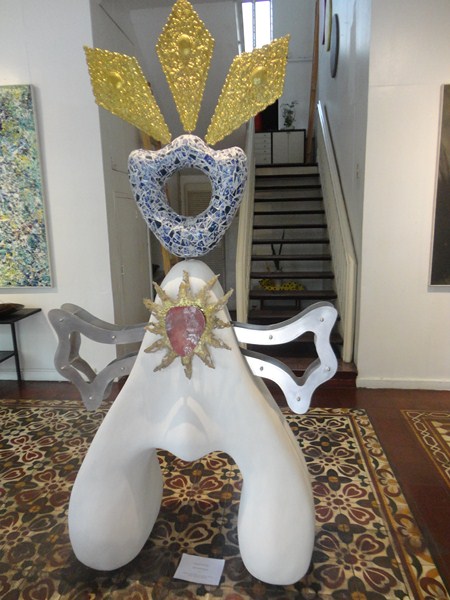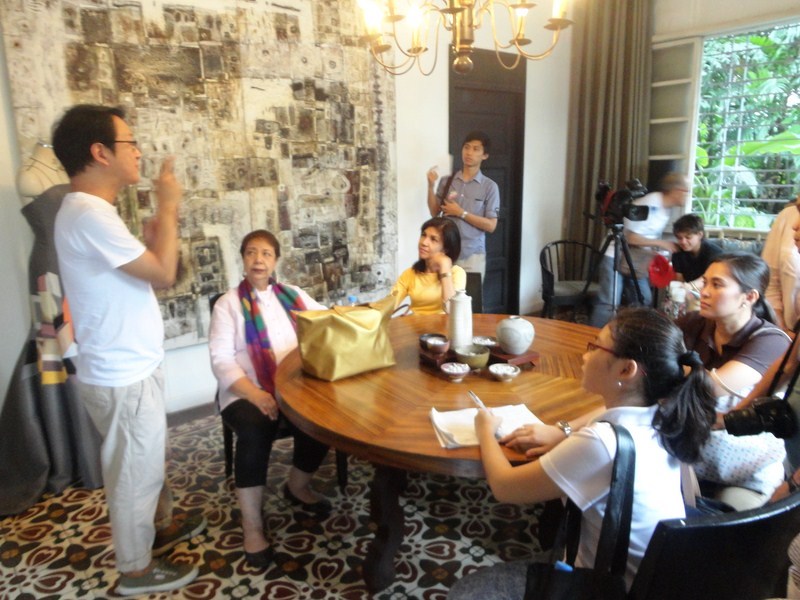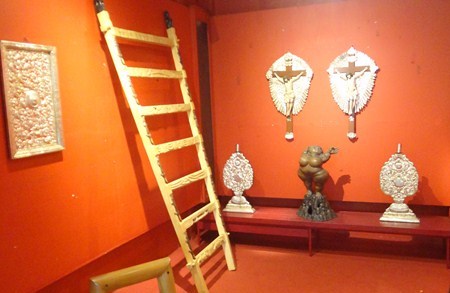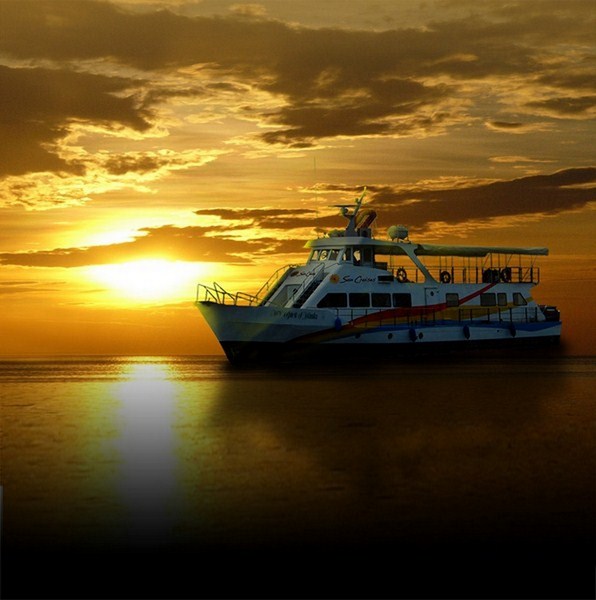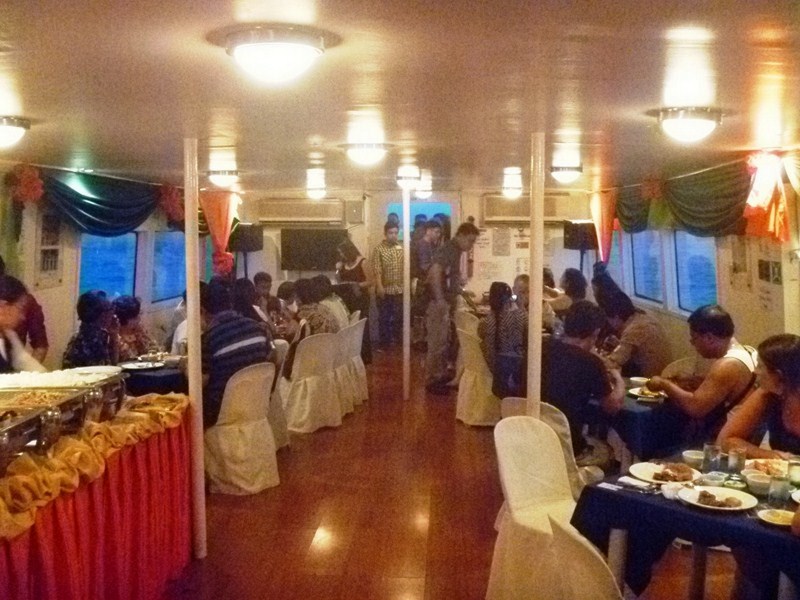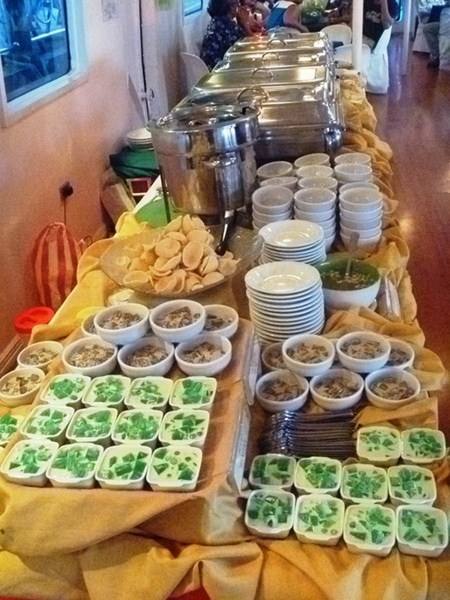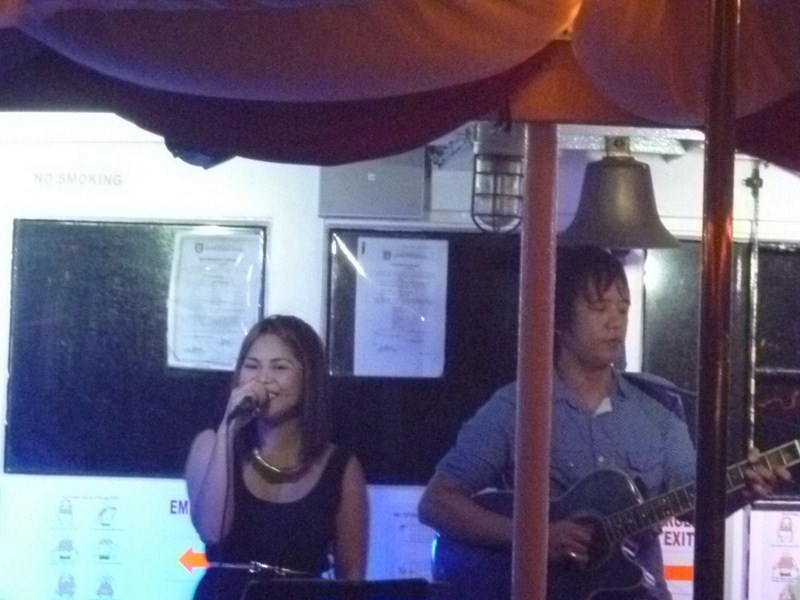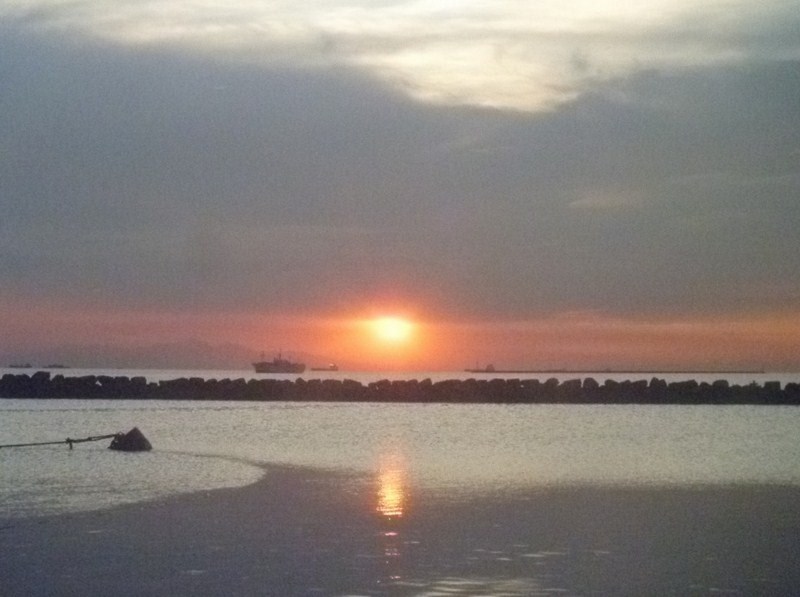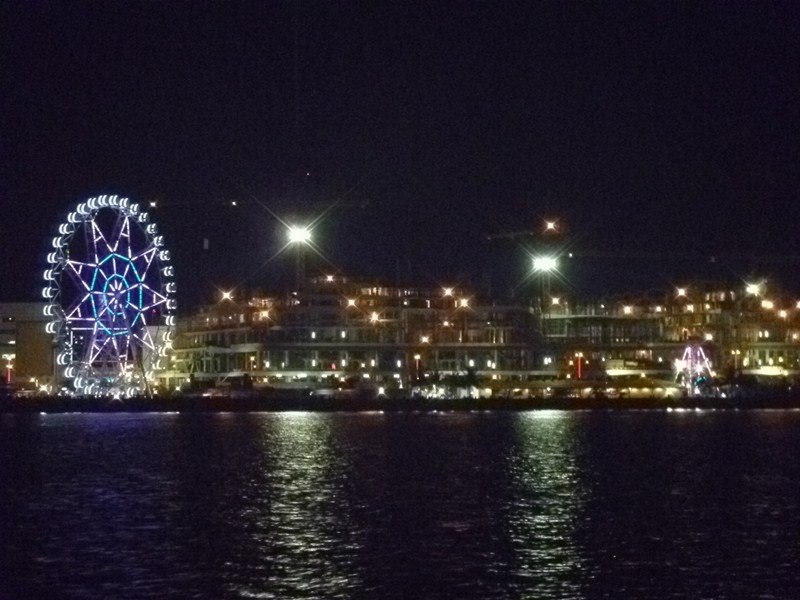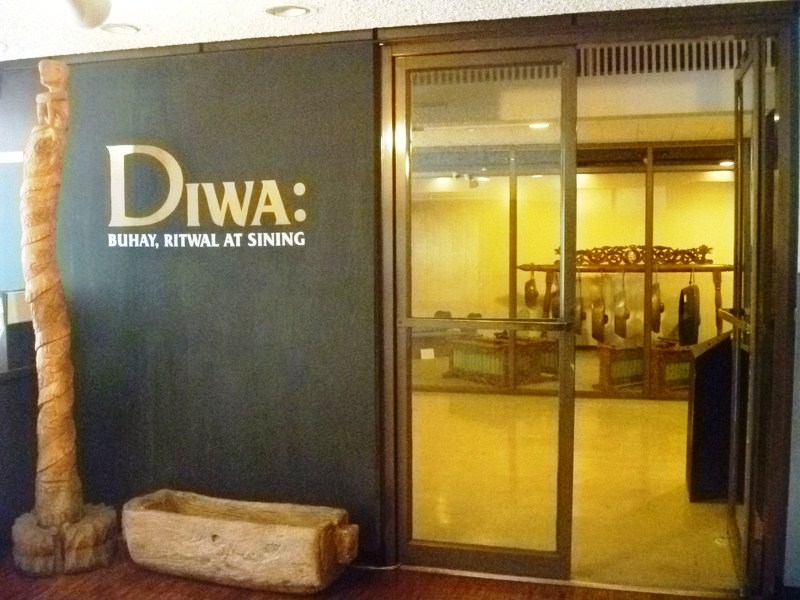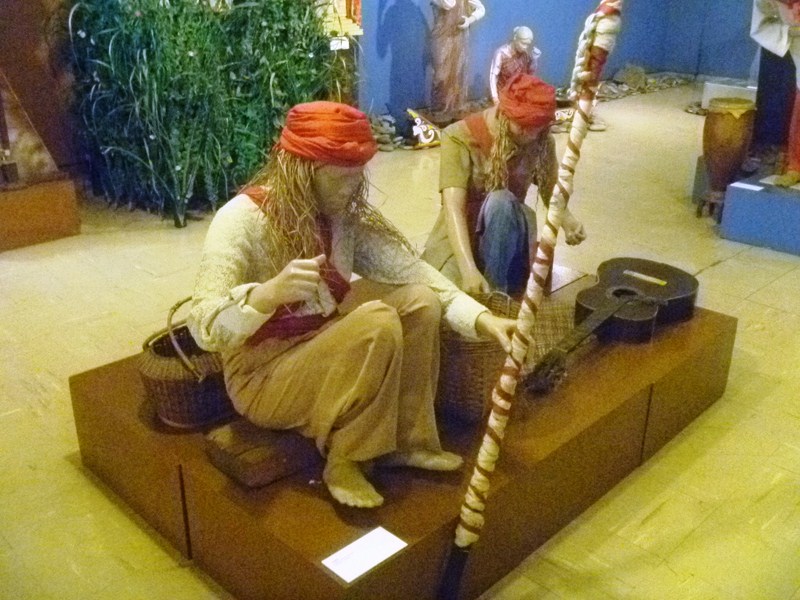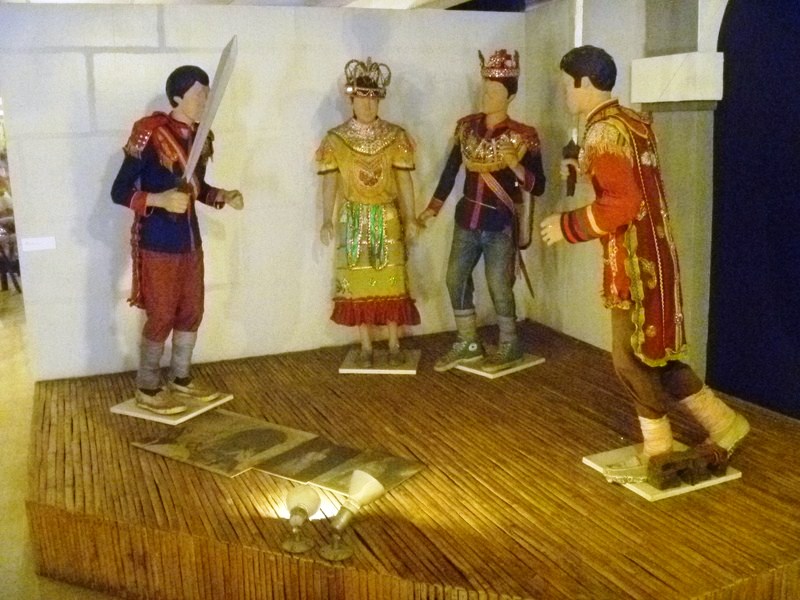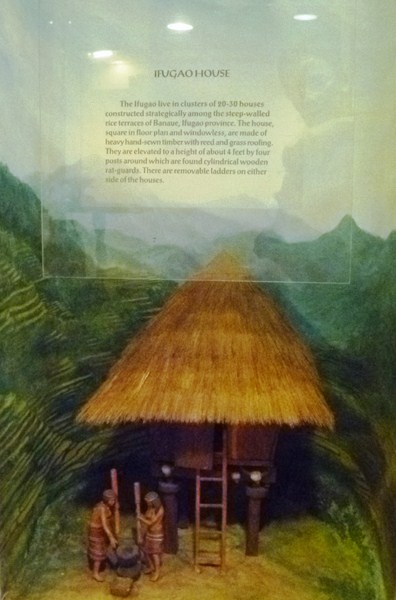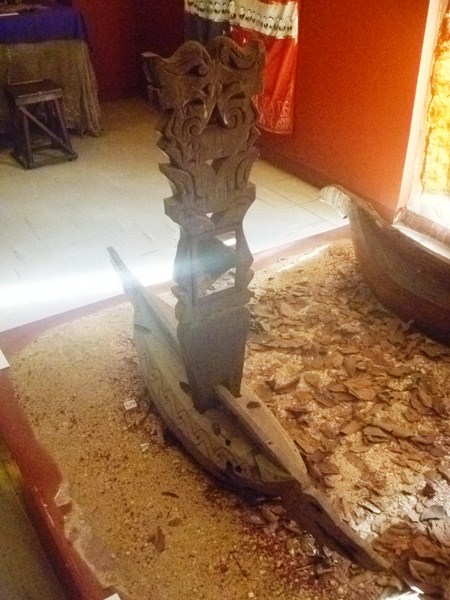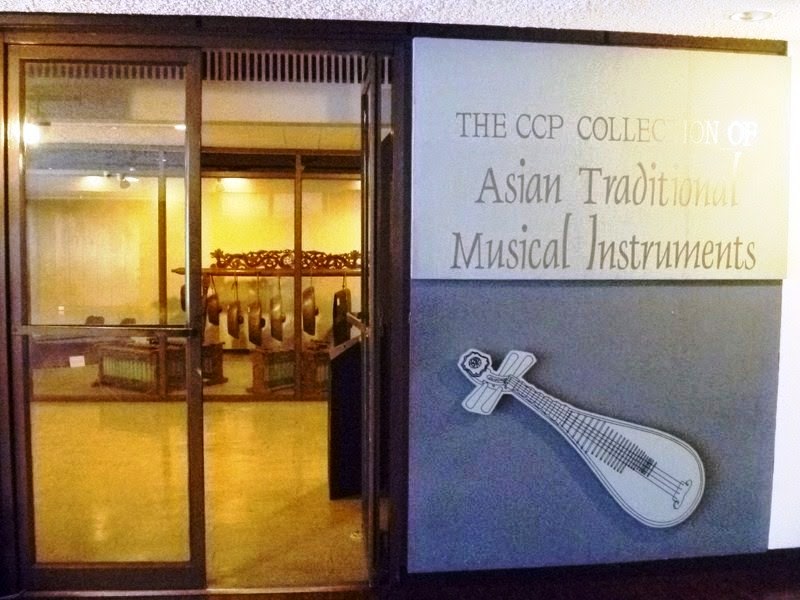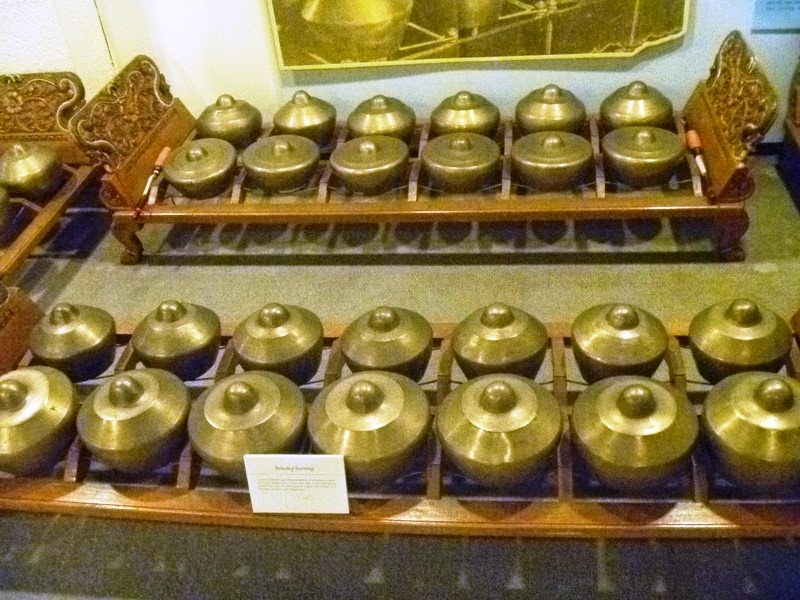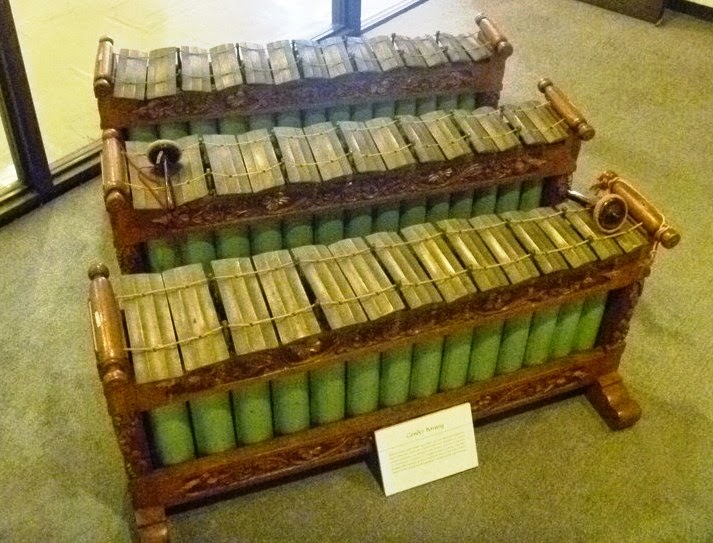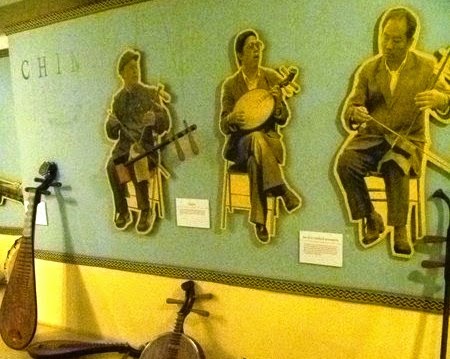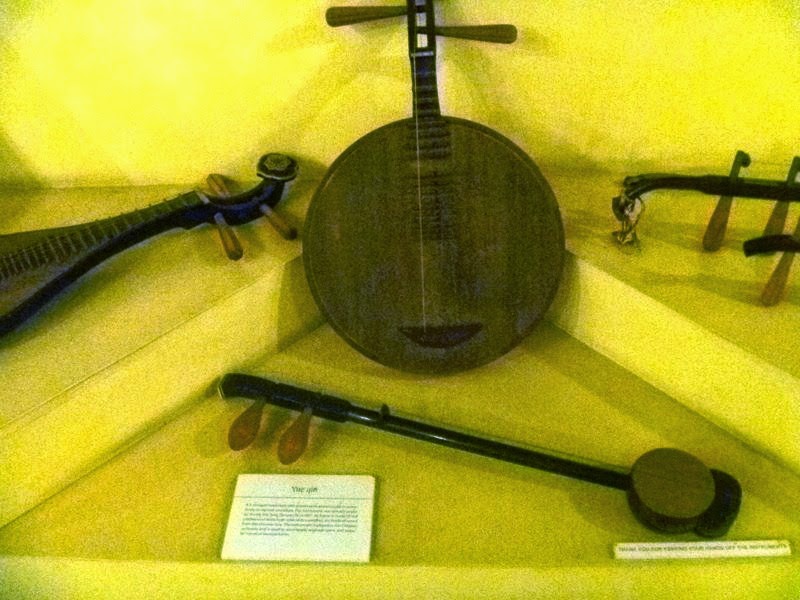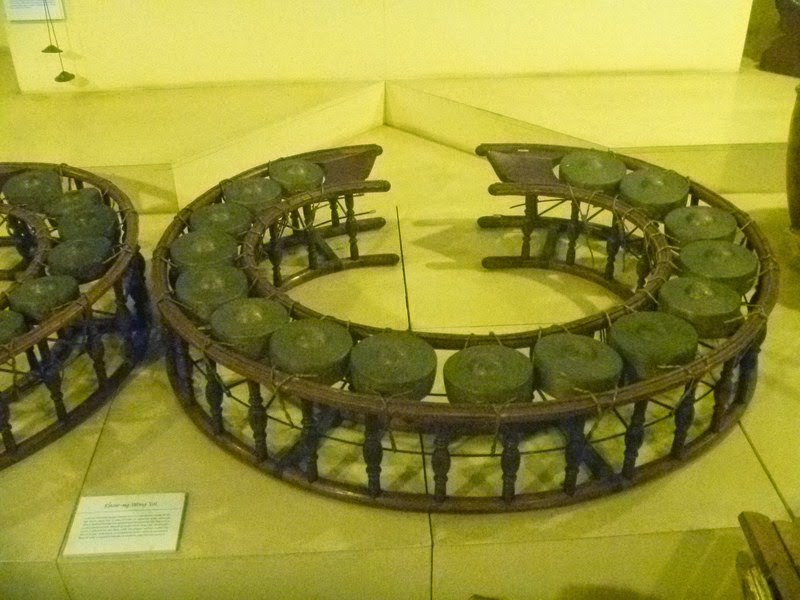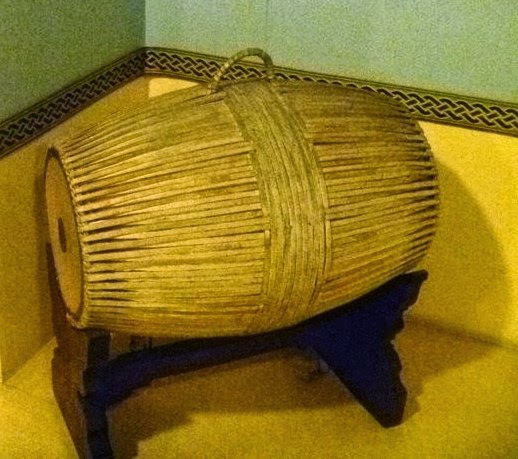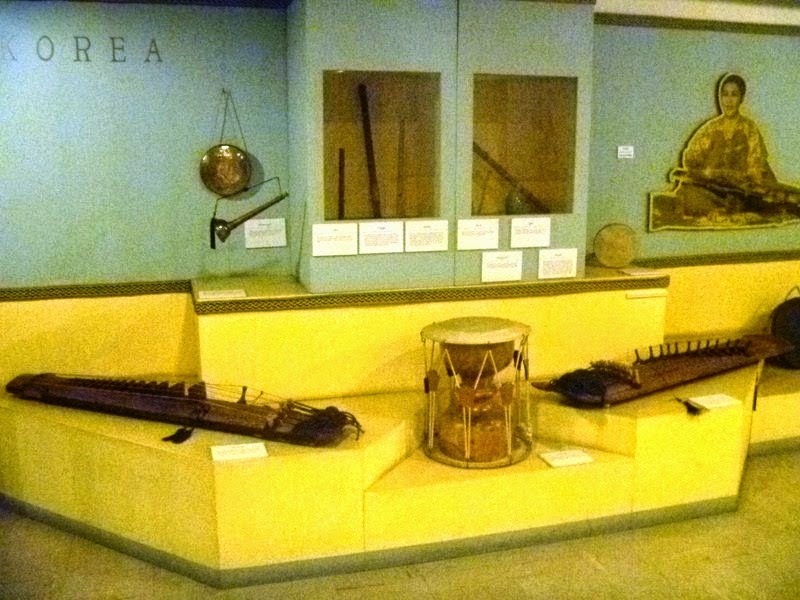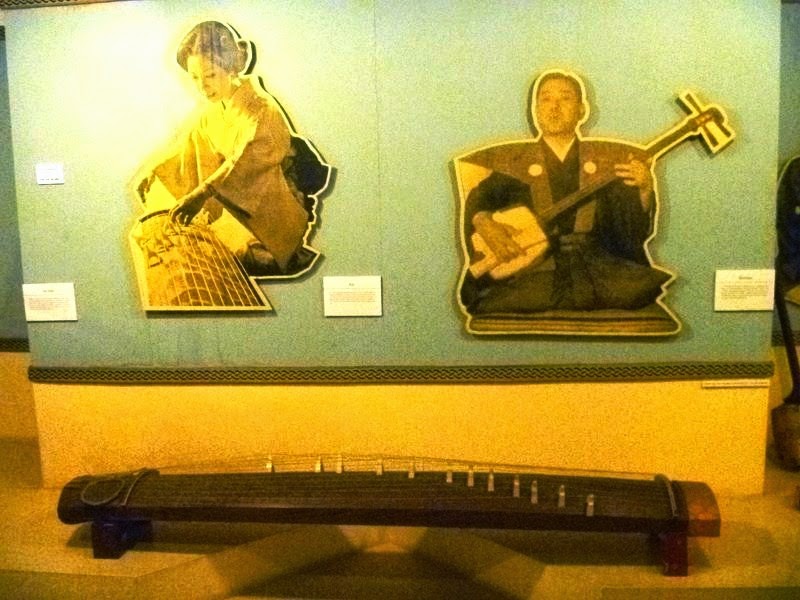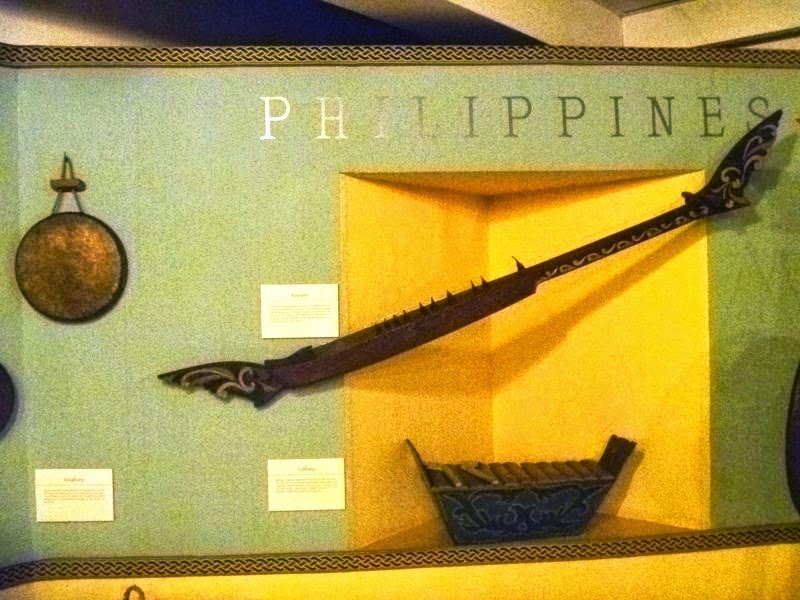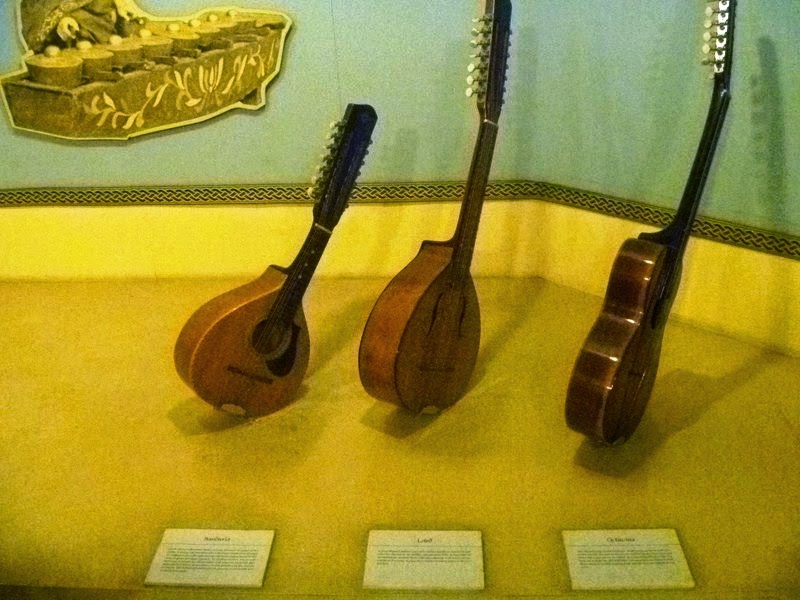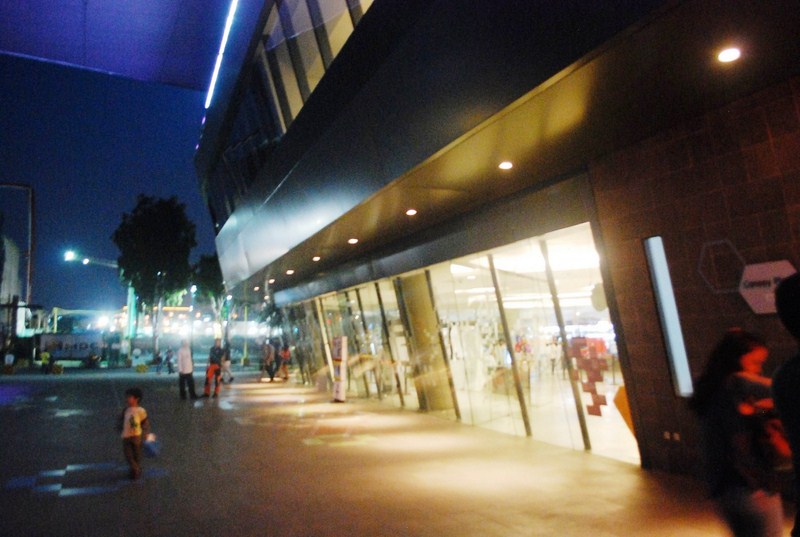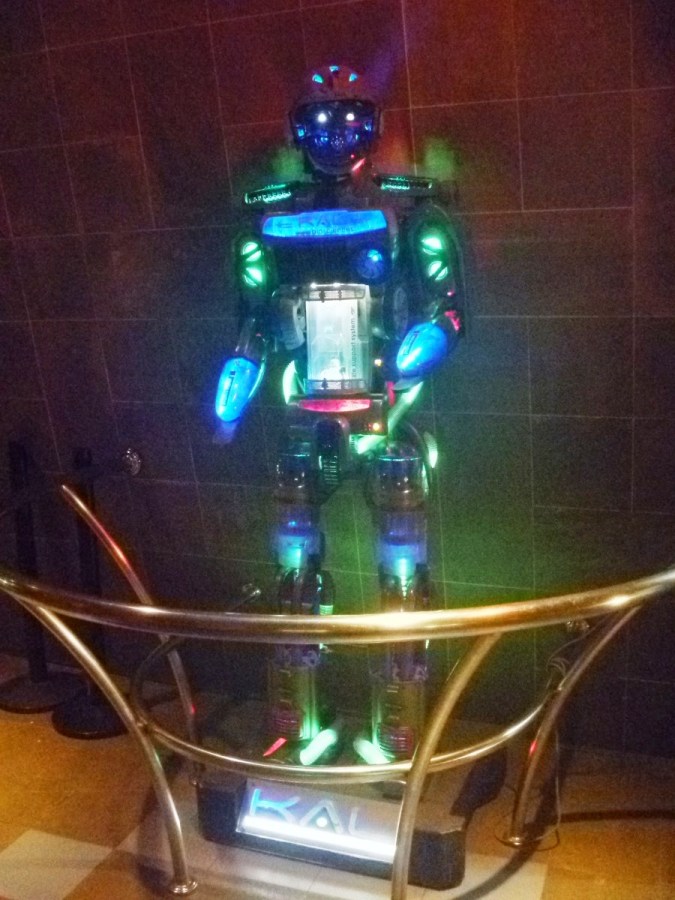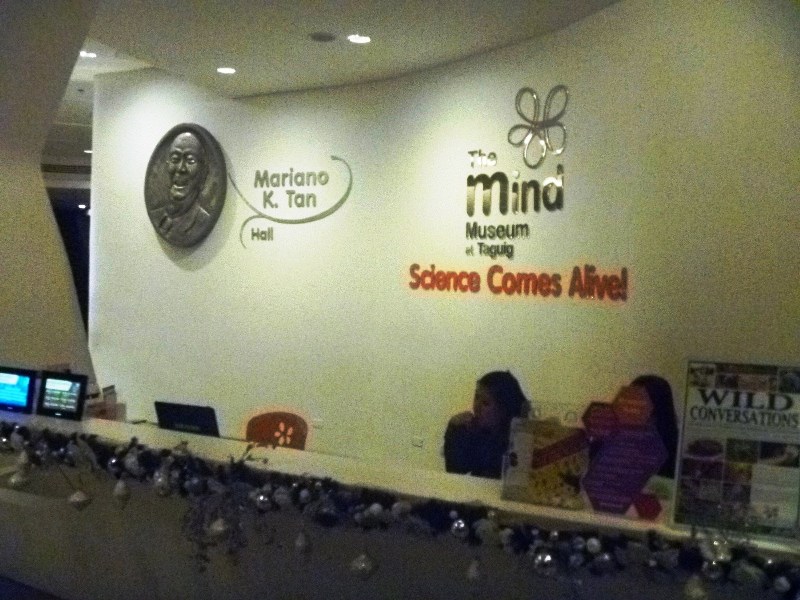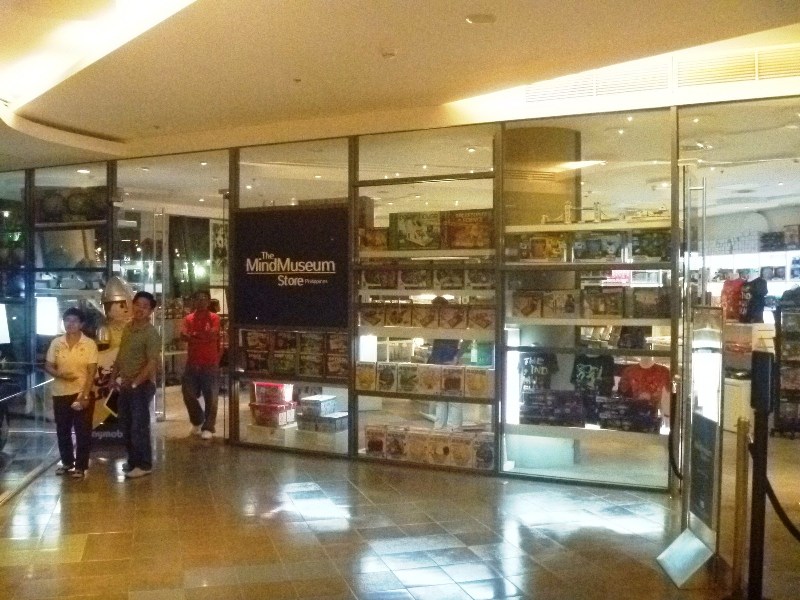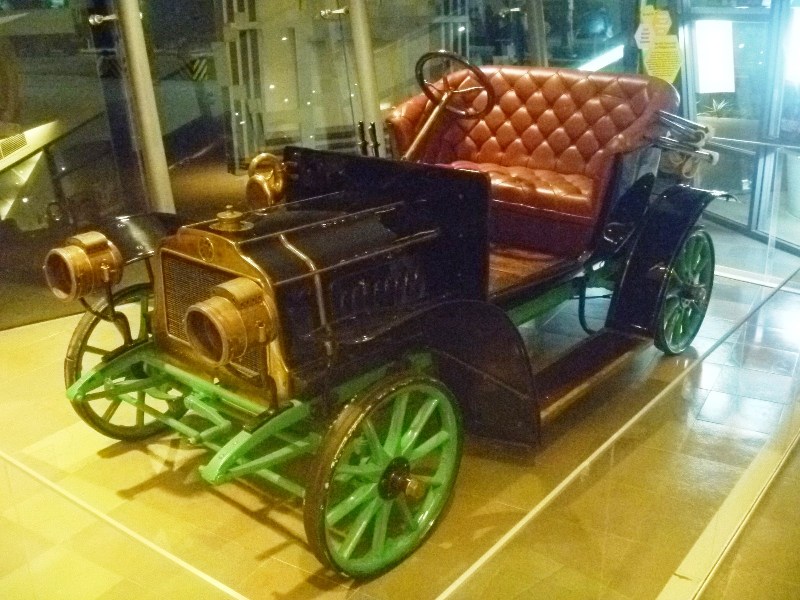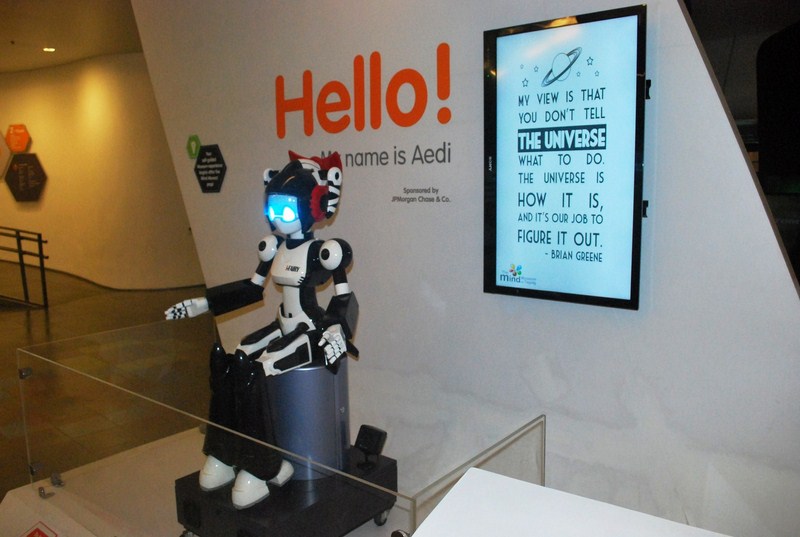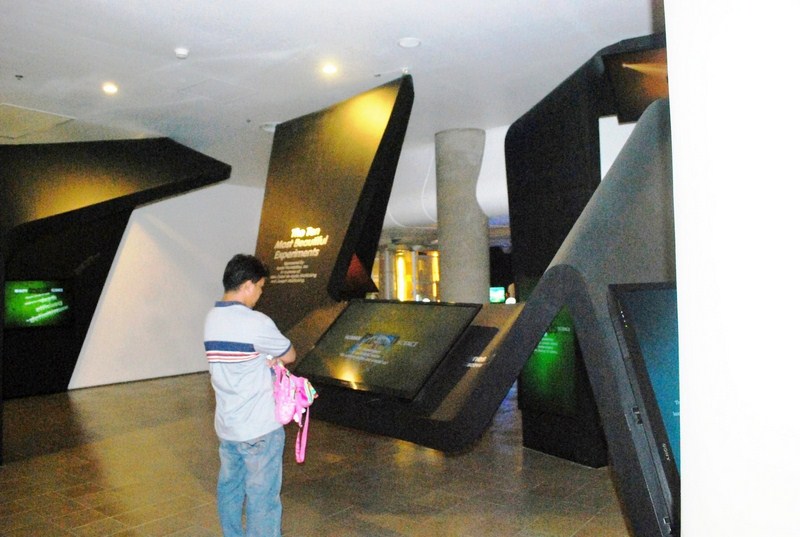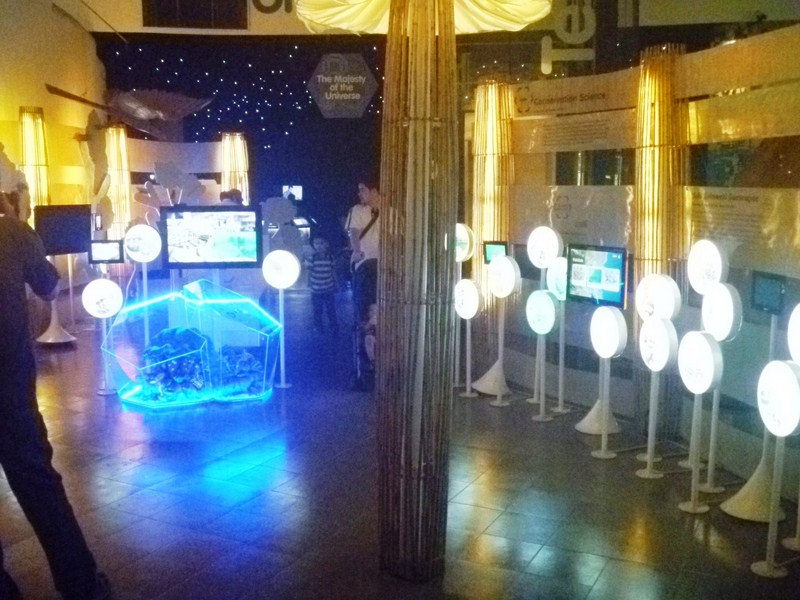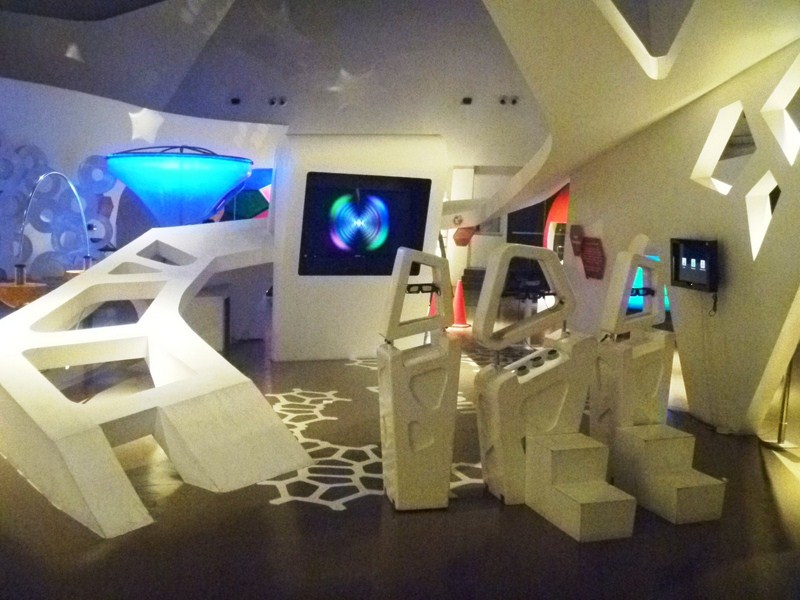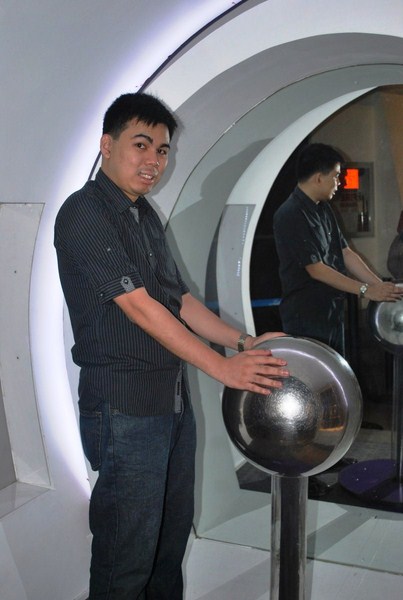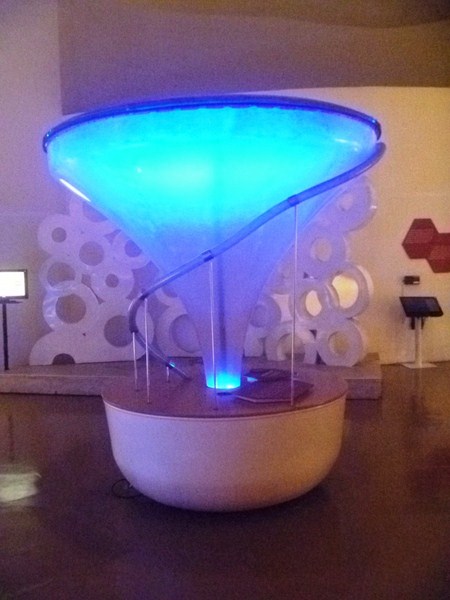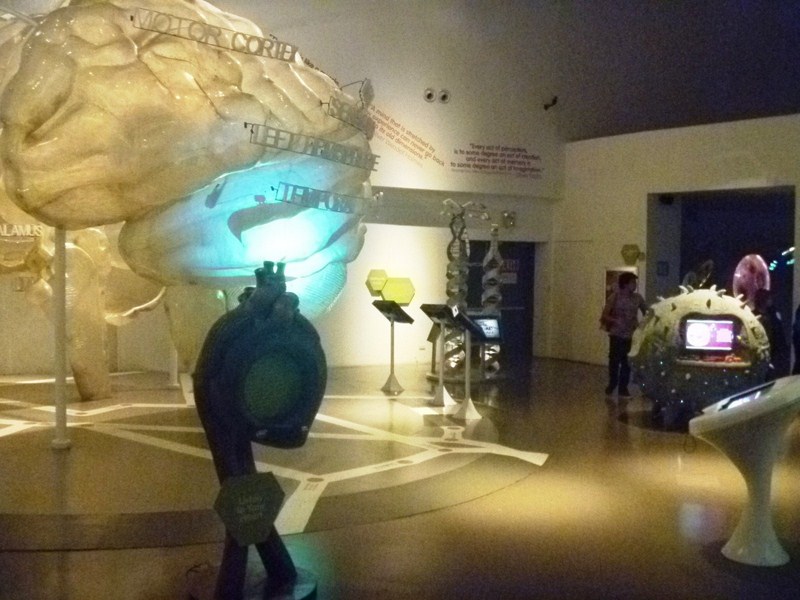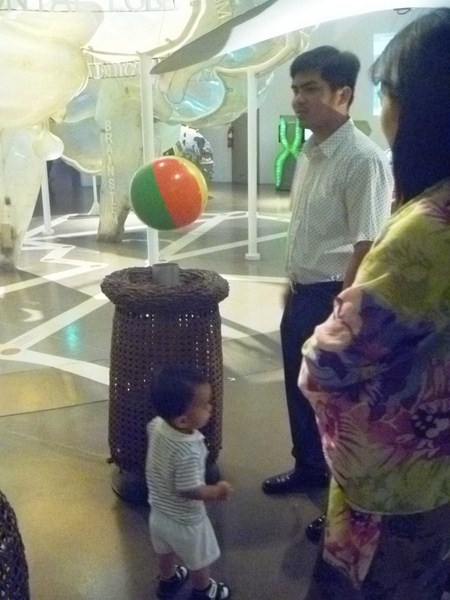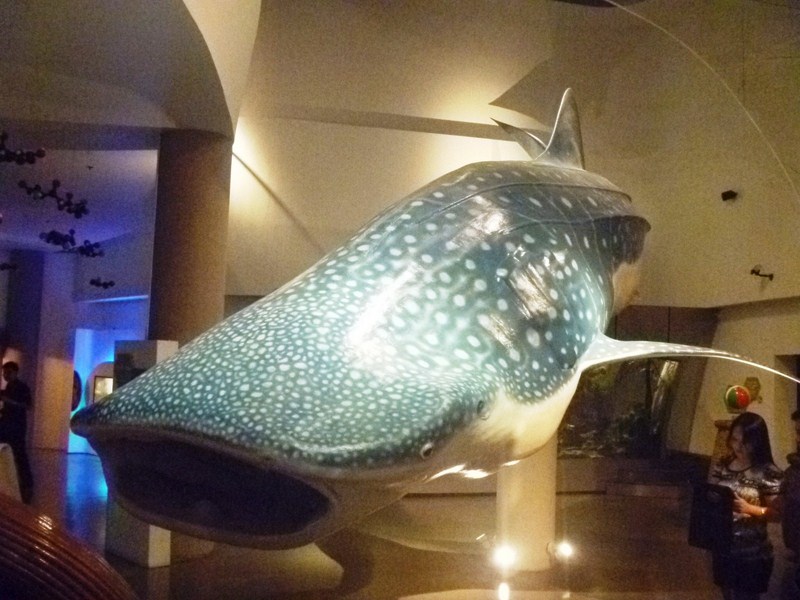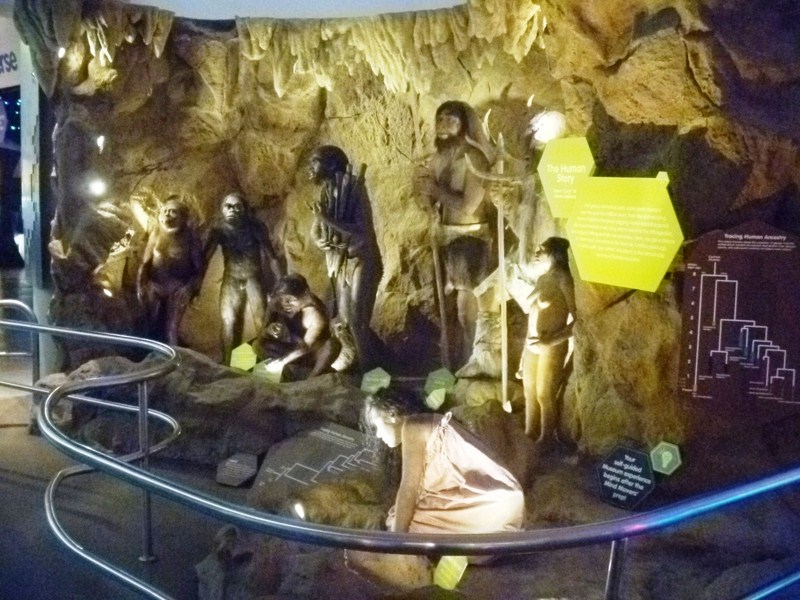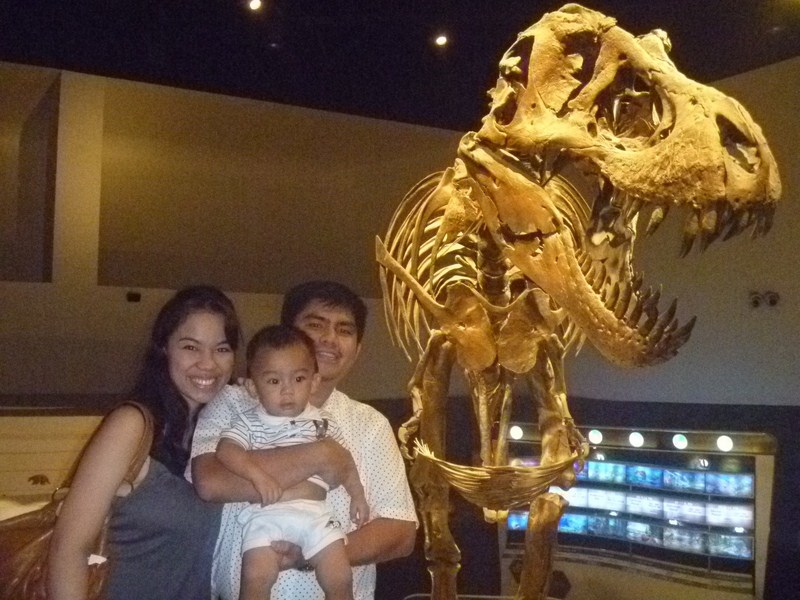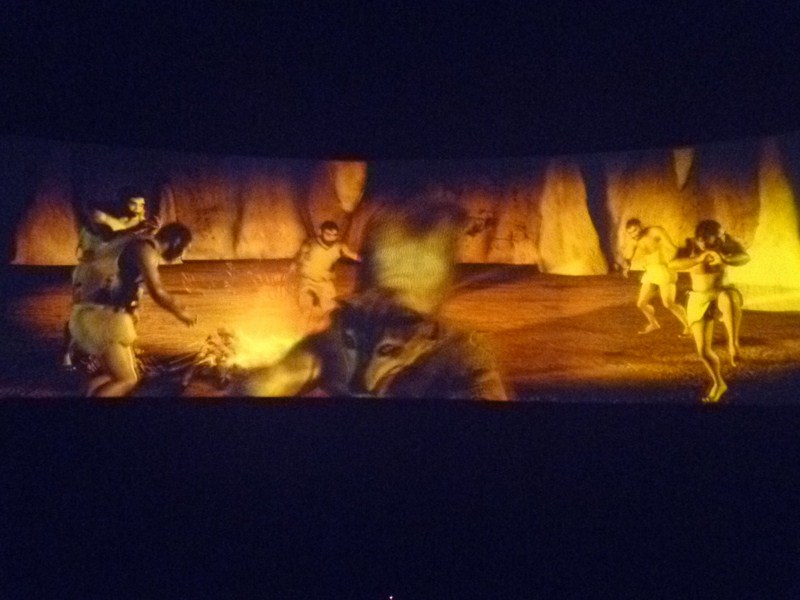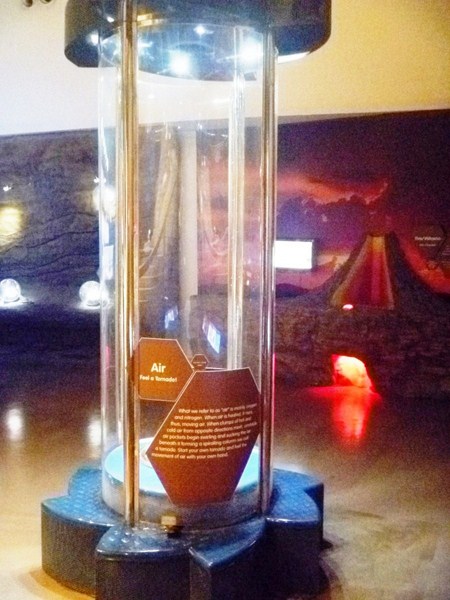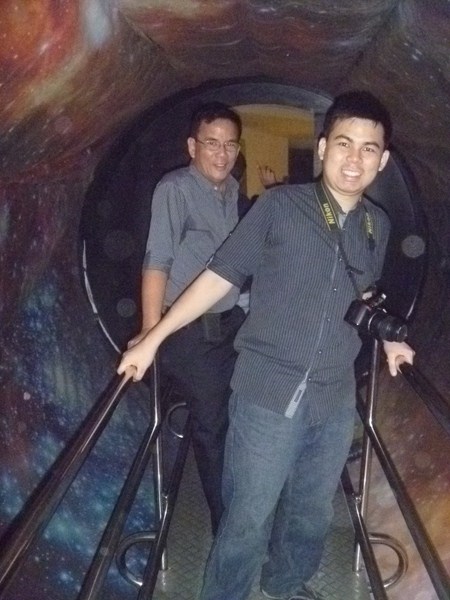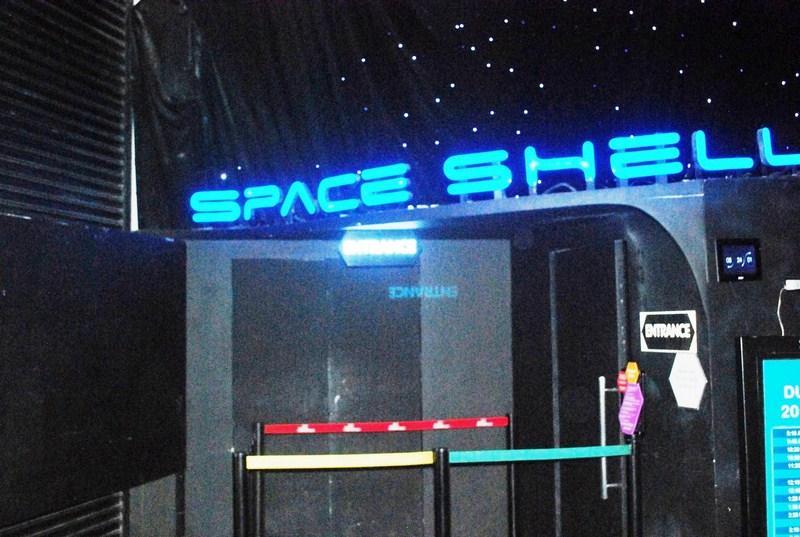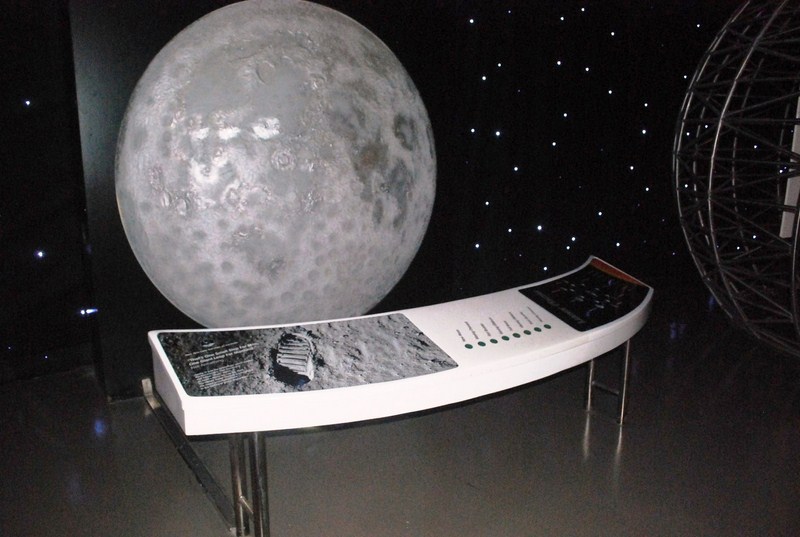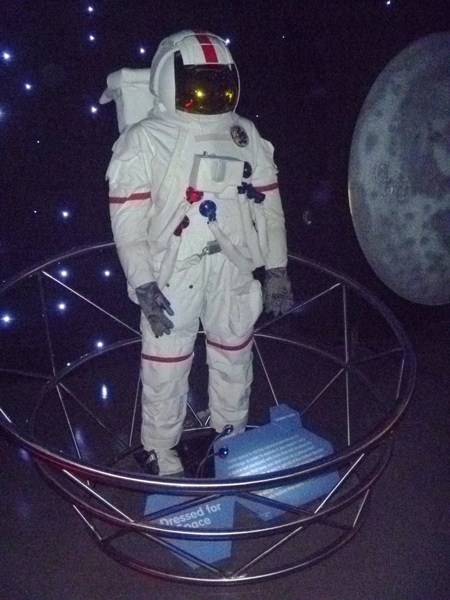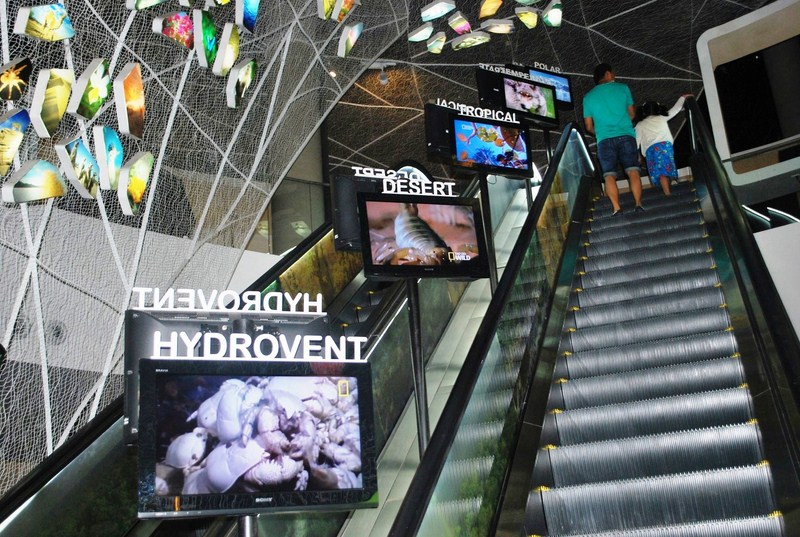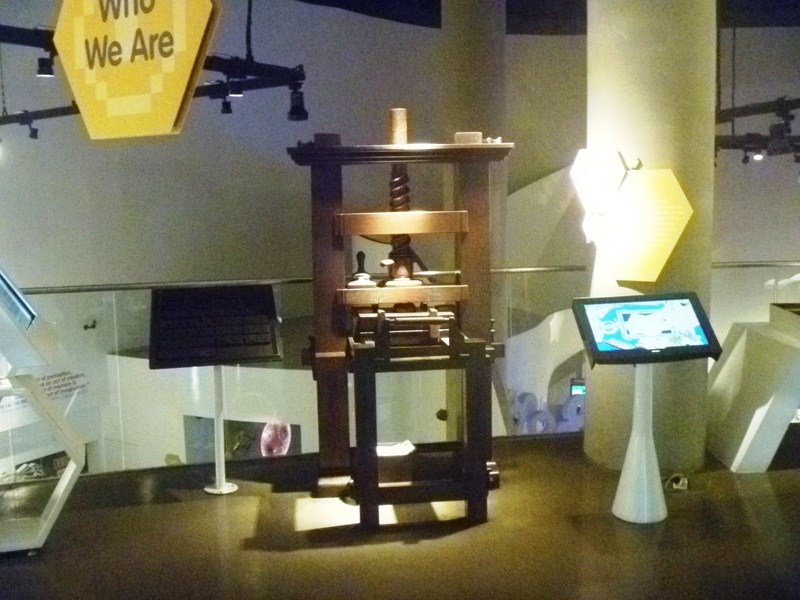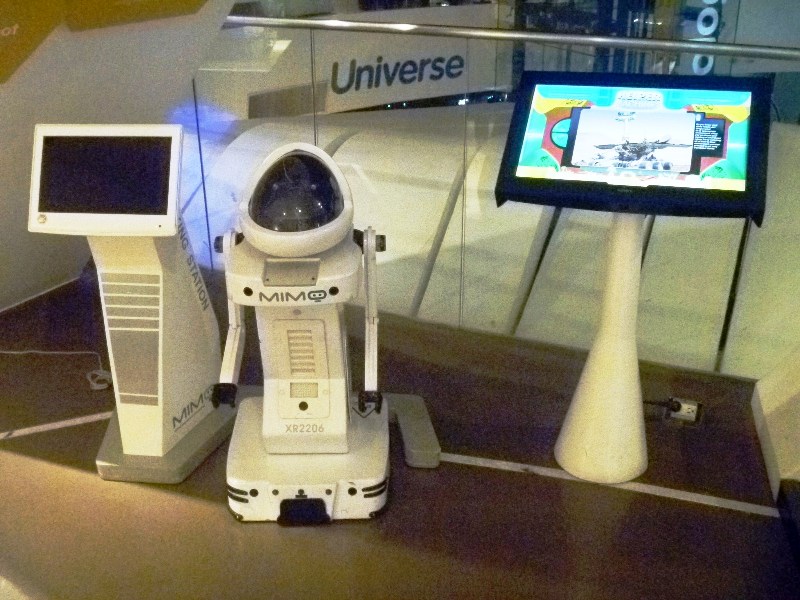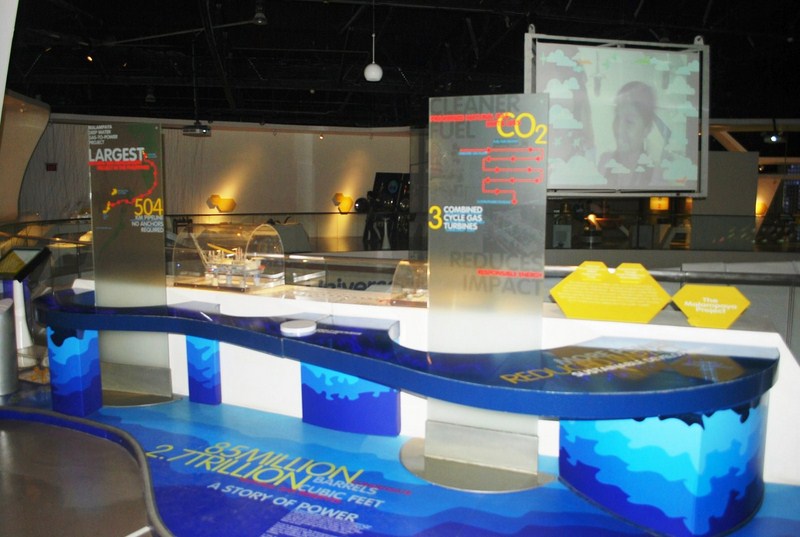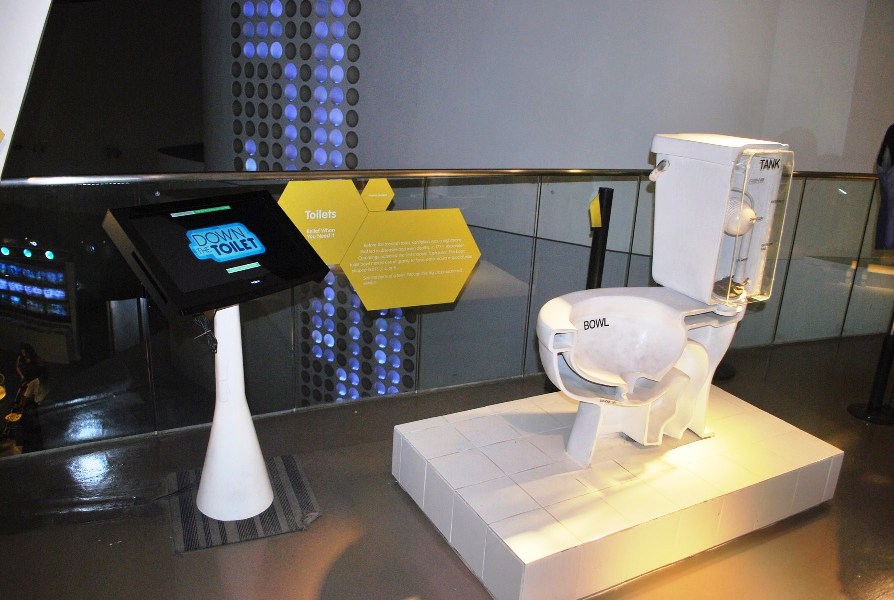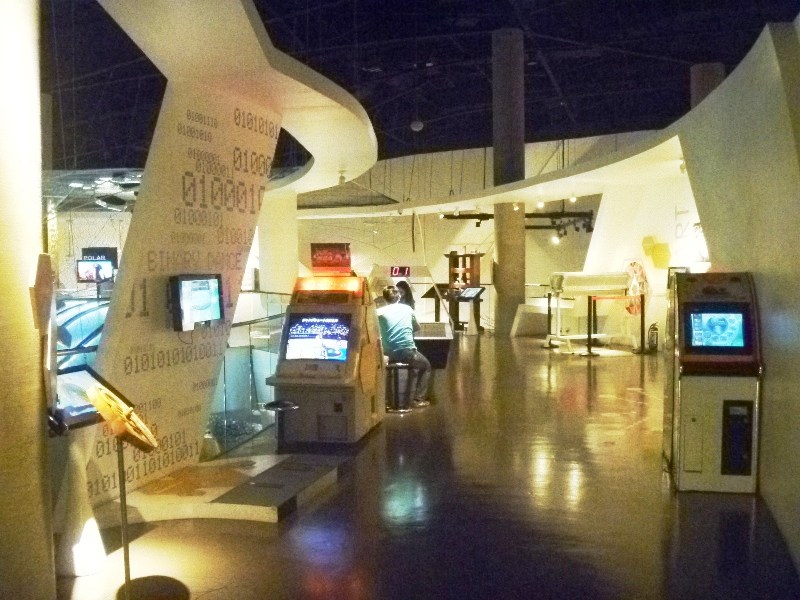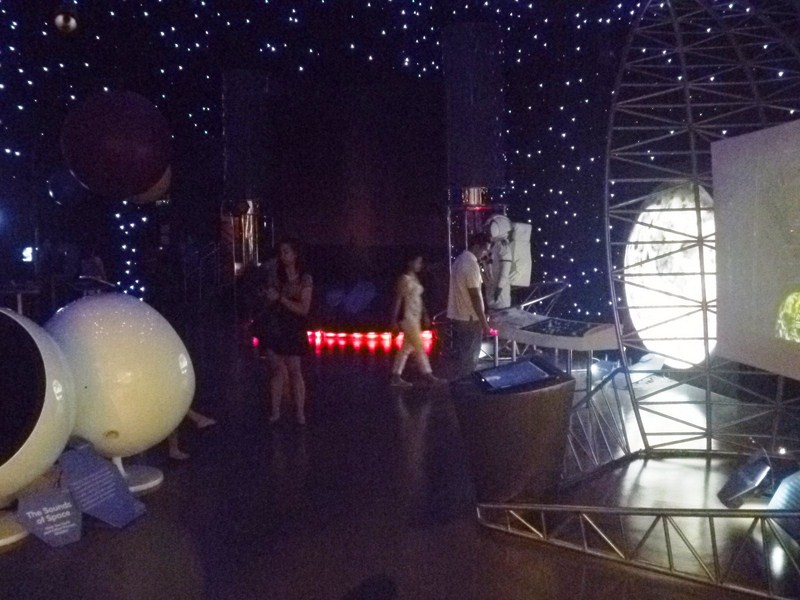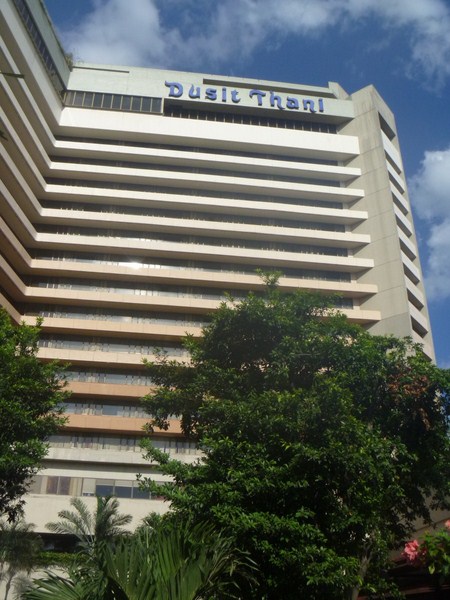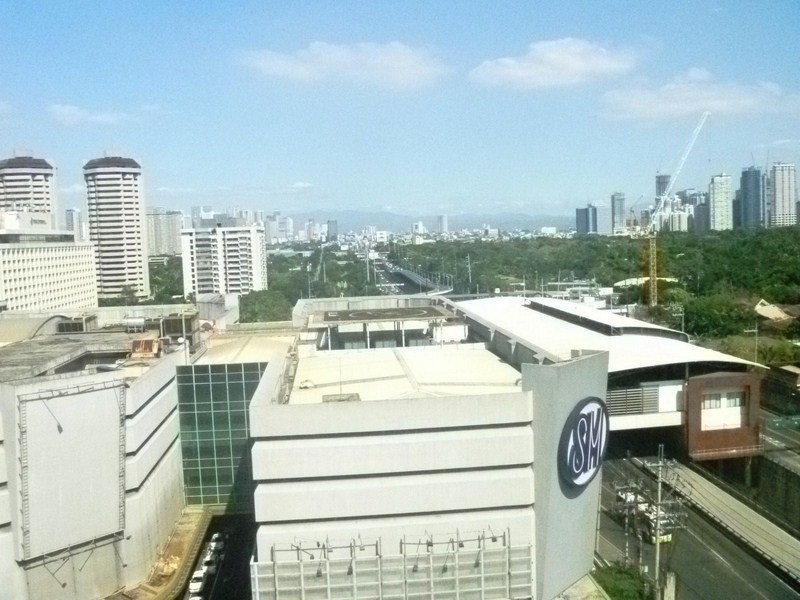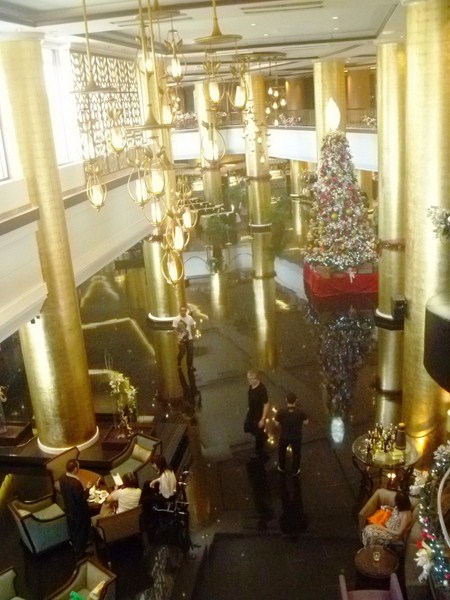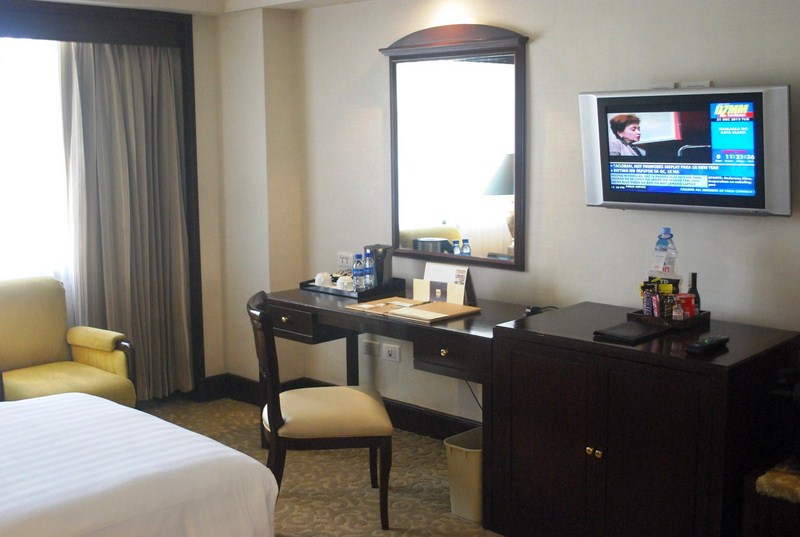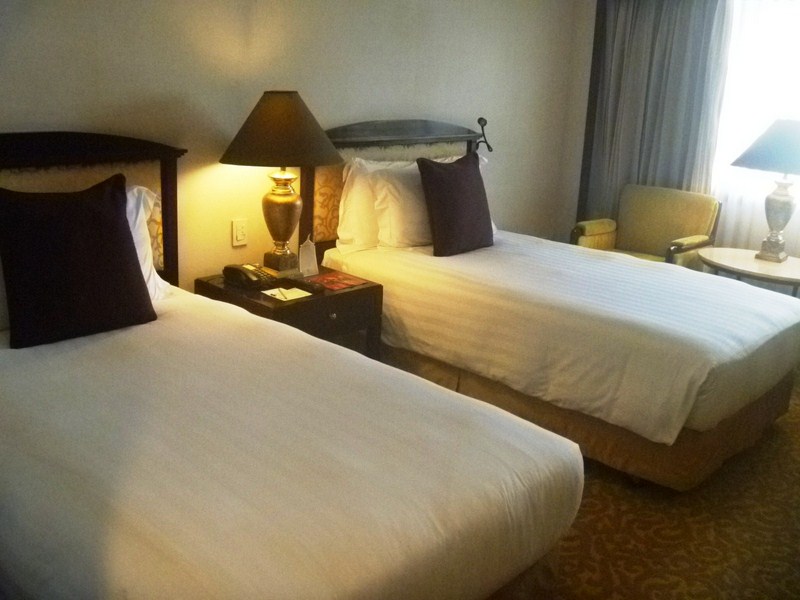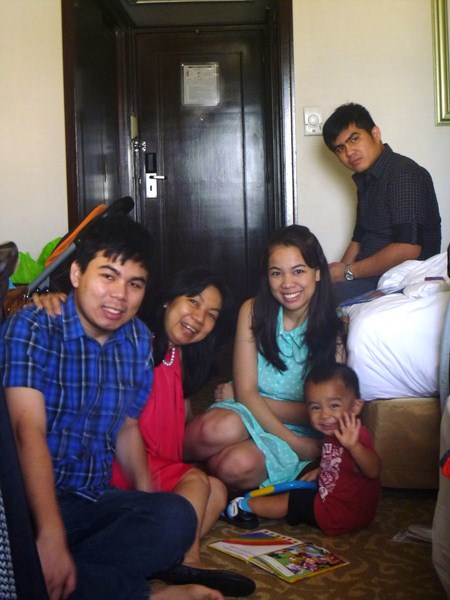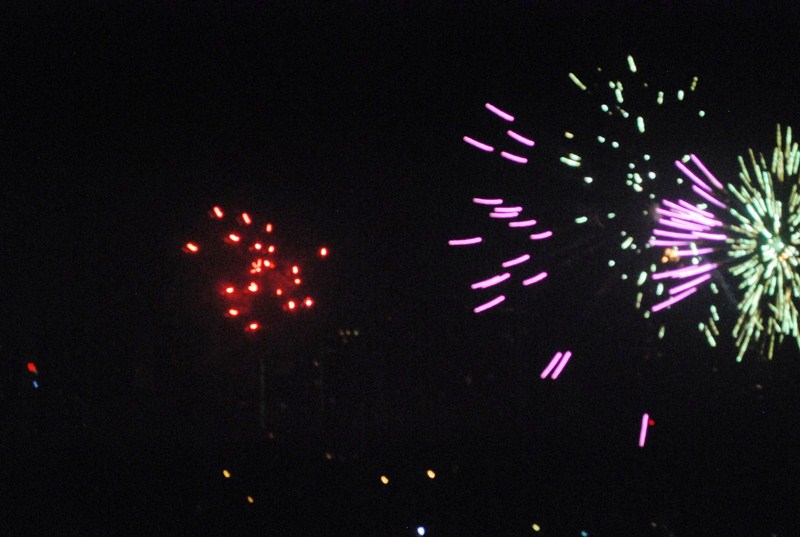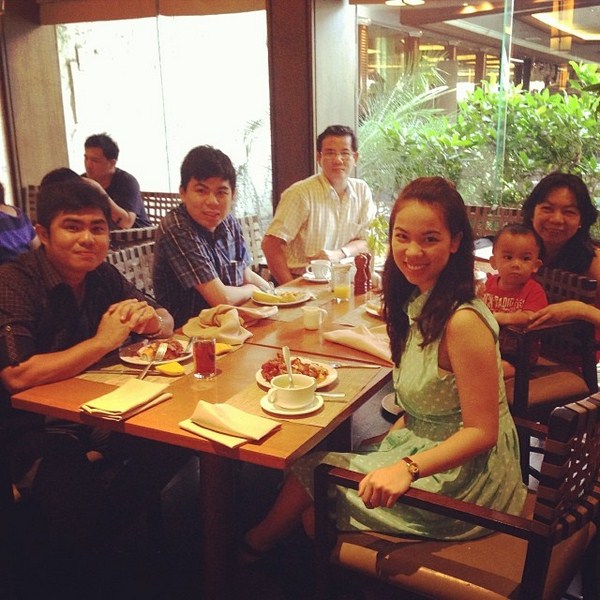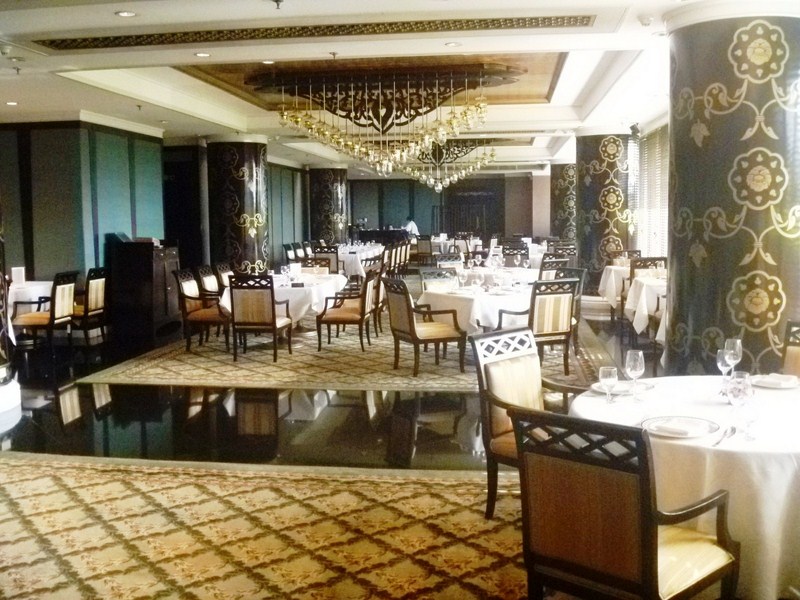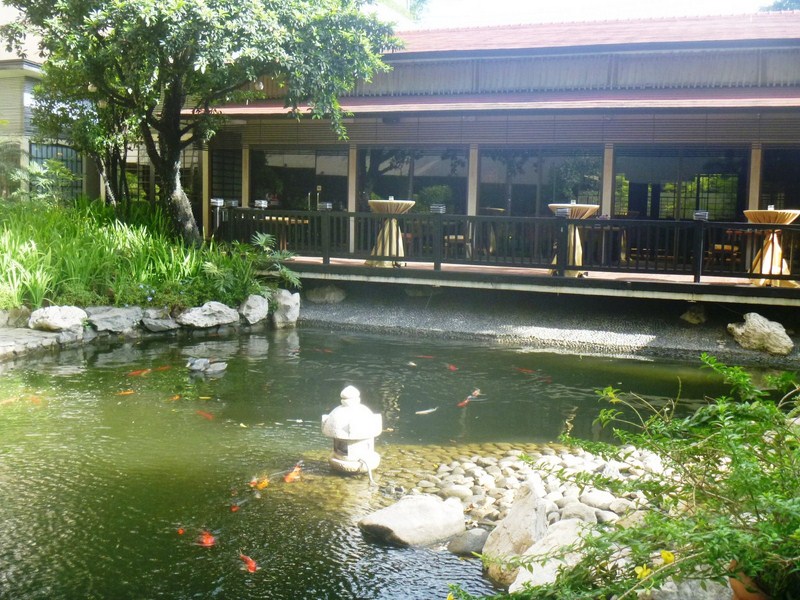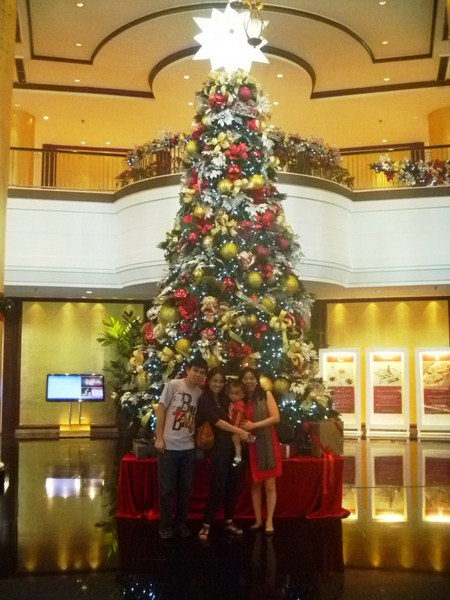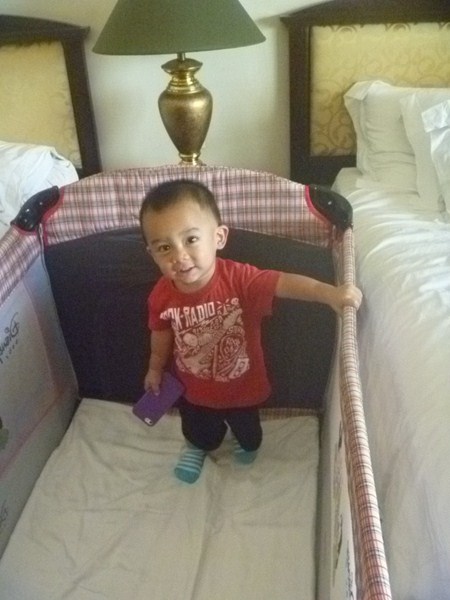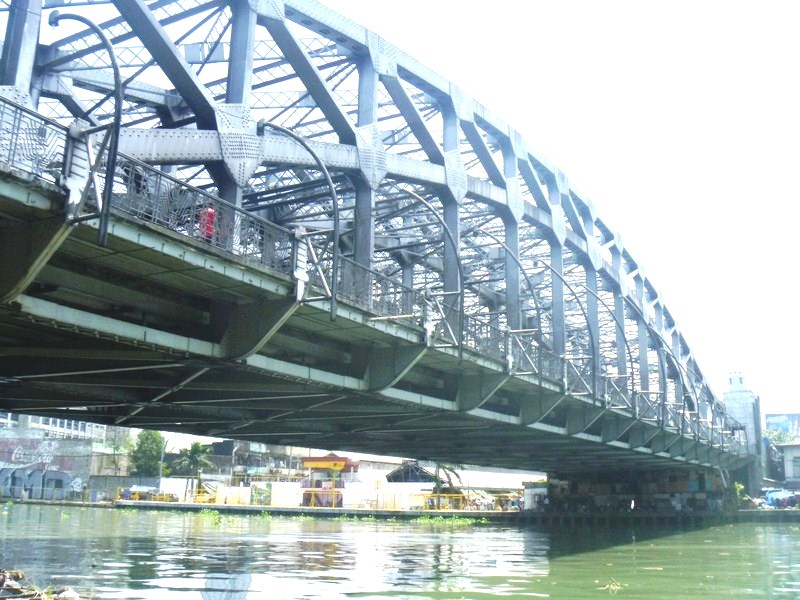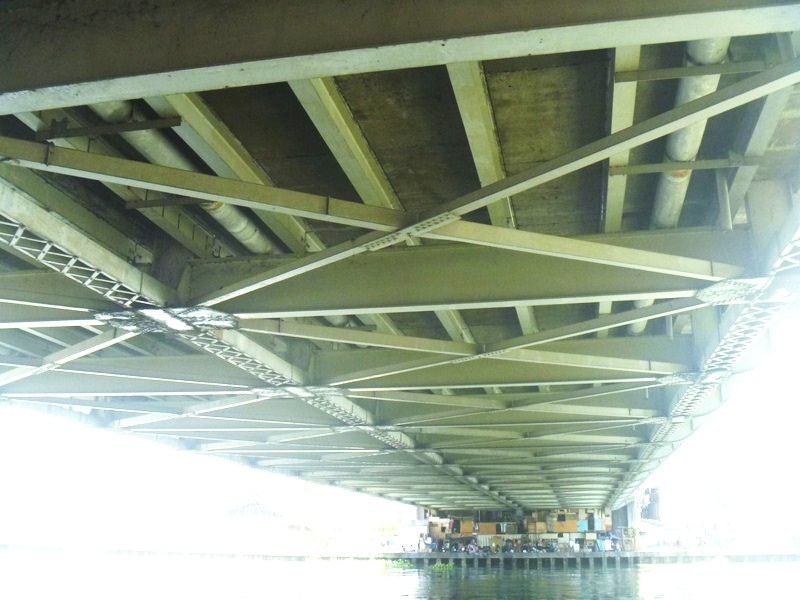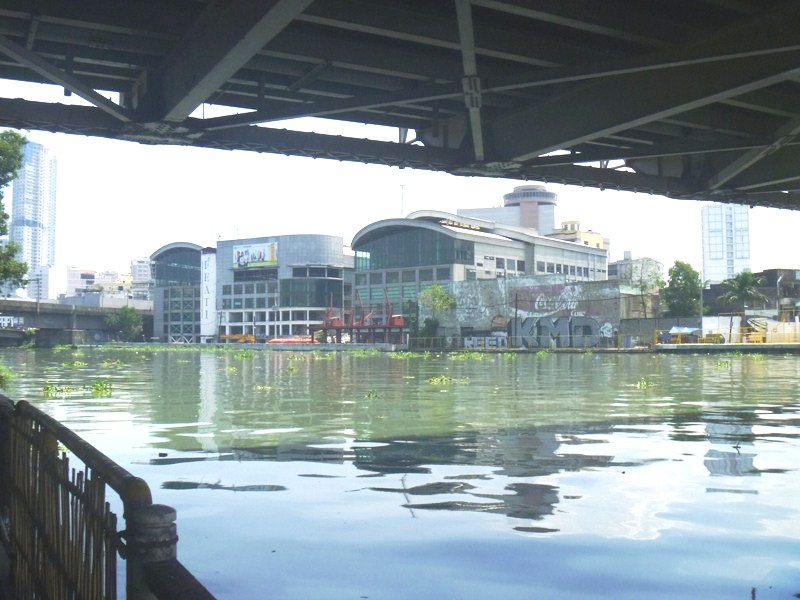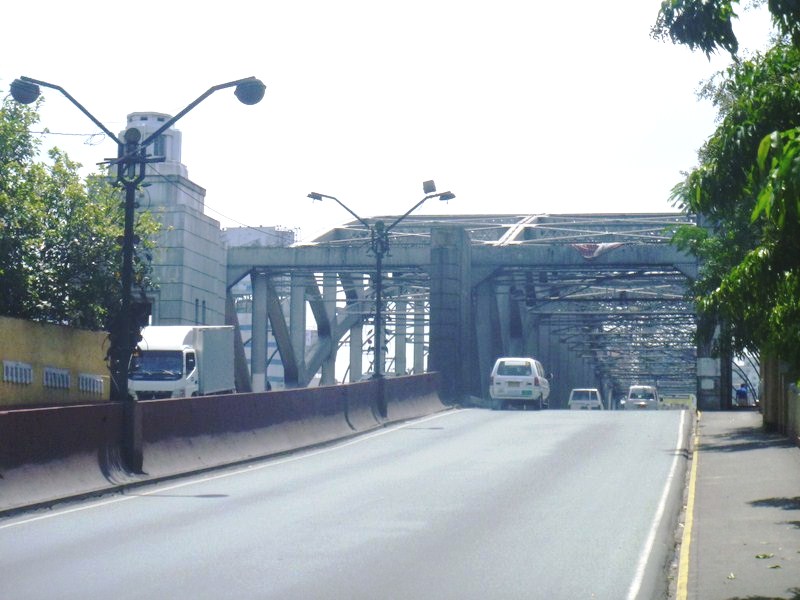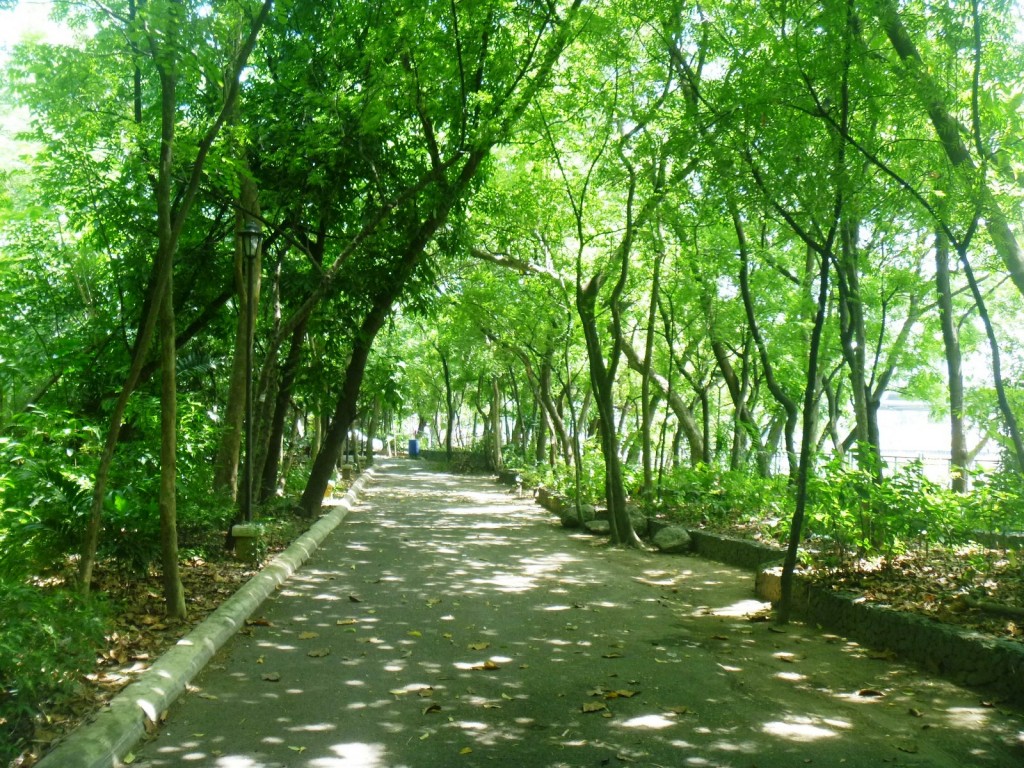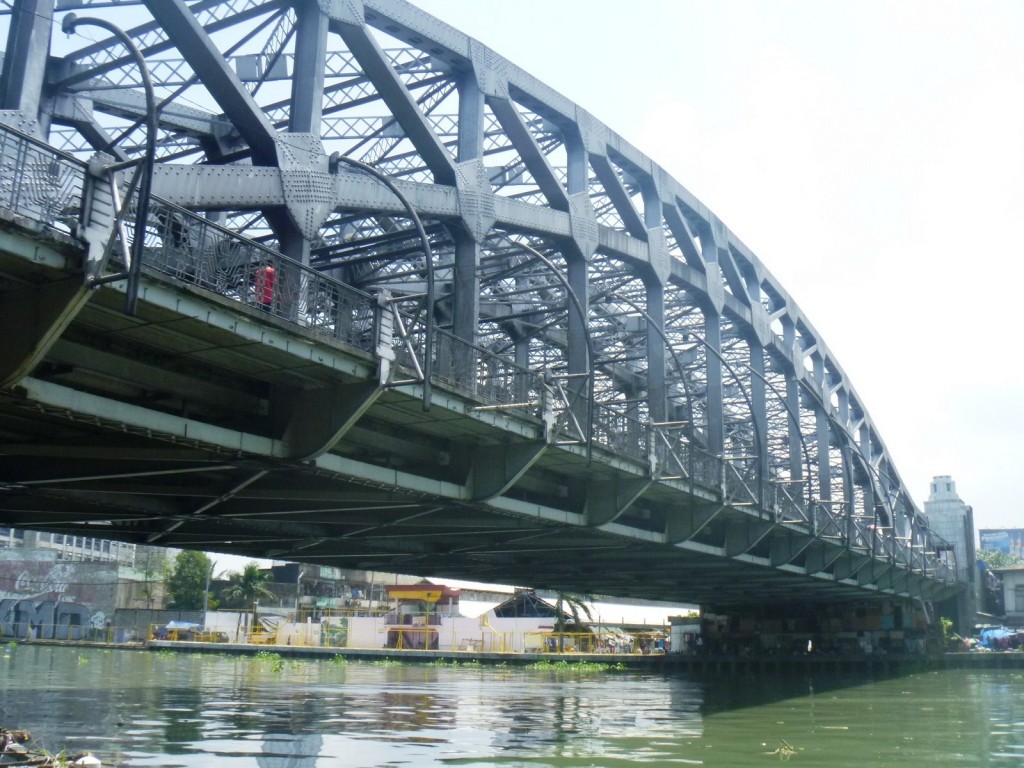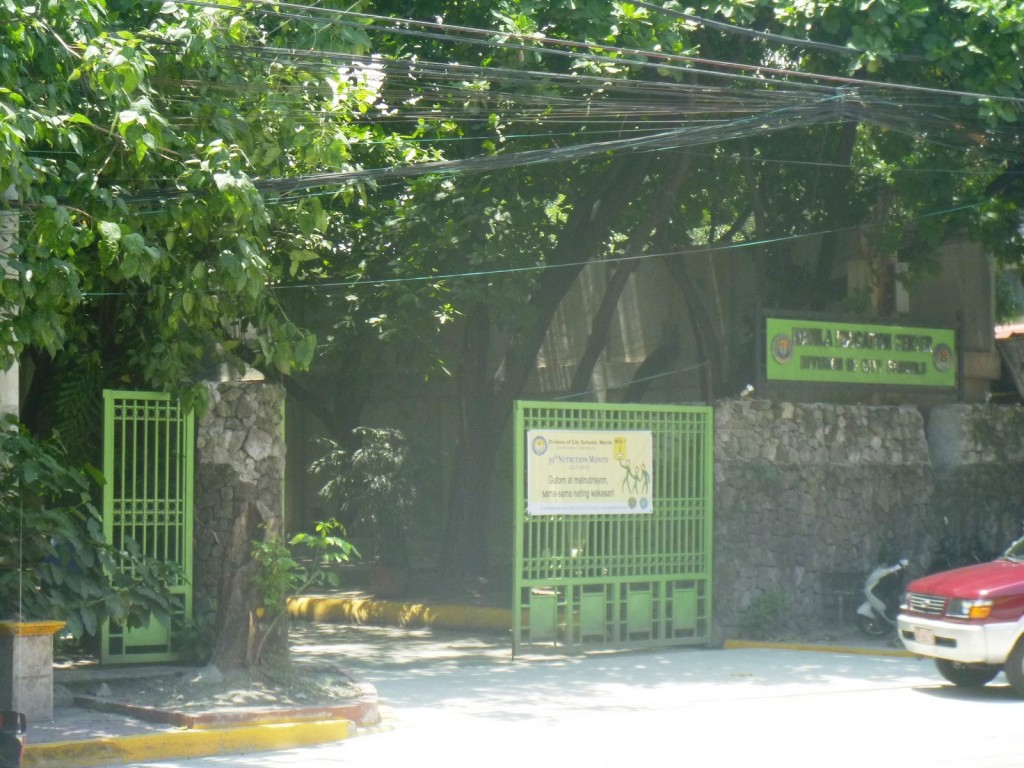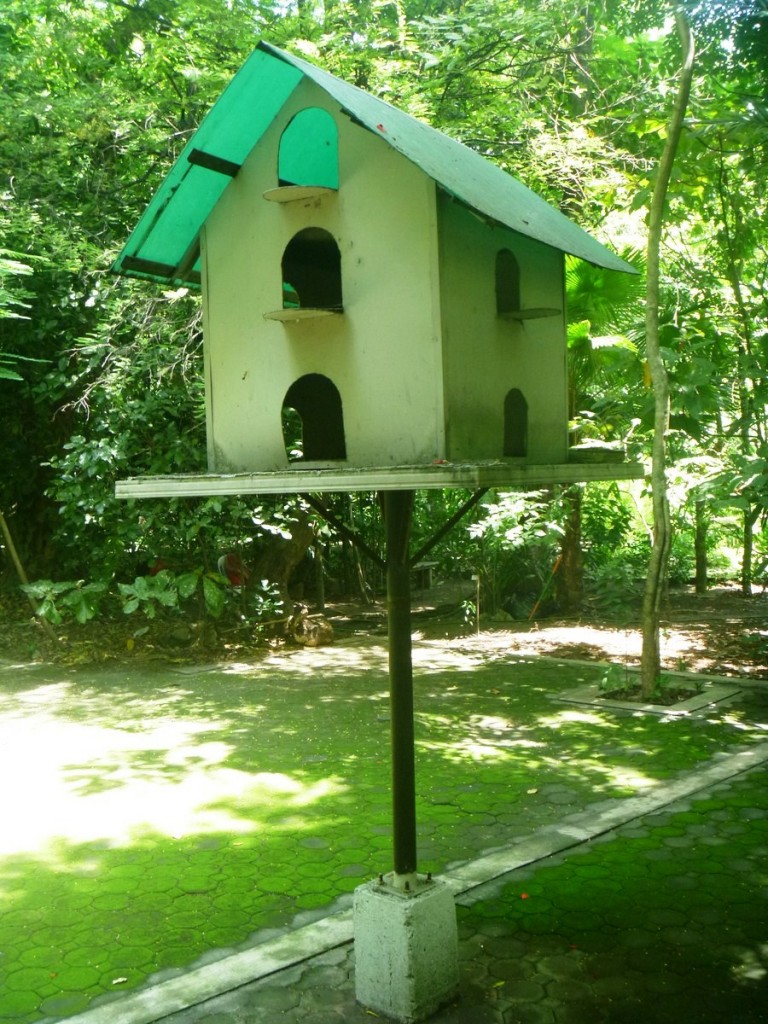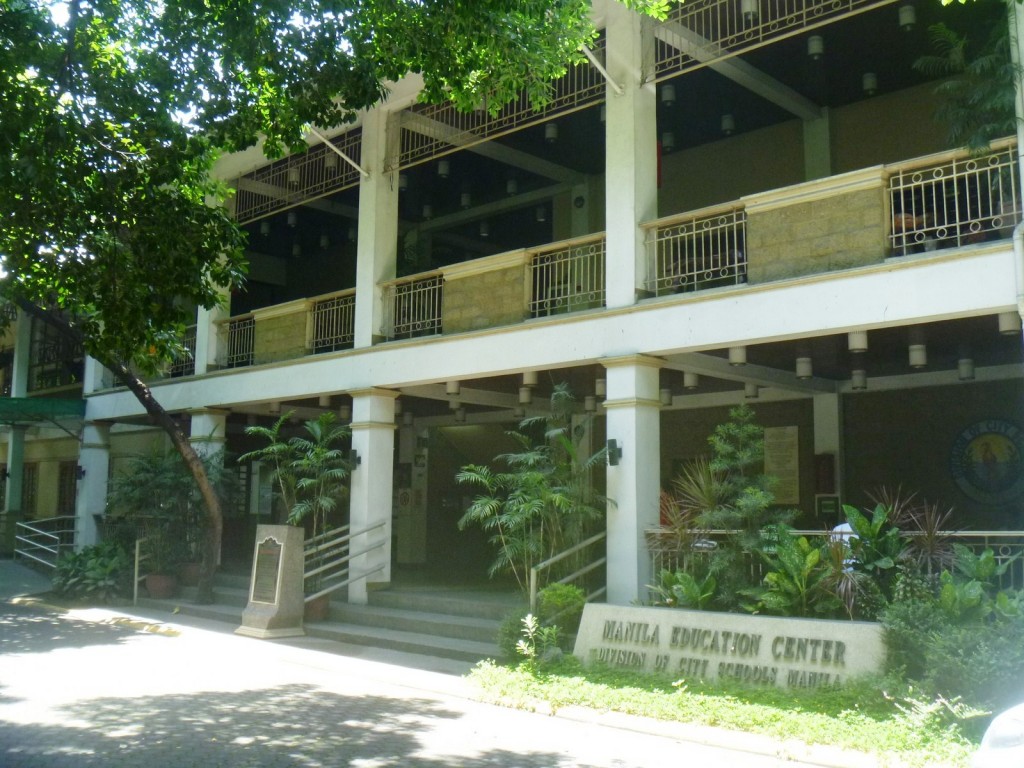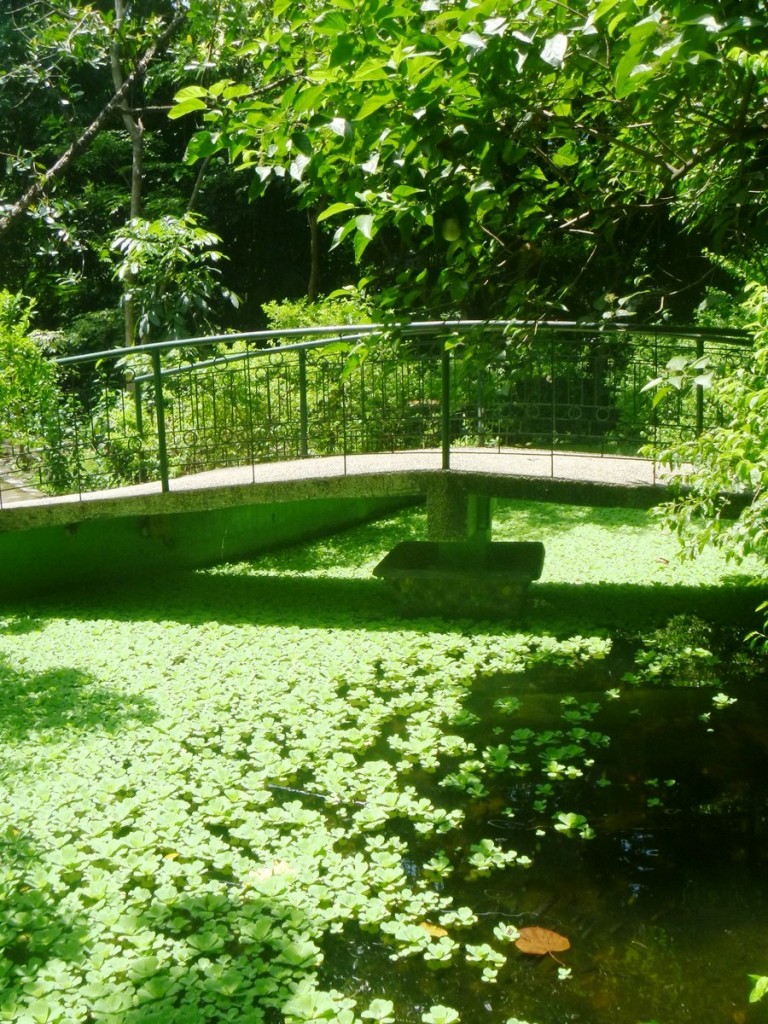From My Mother’s Garden, we began the afternoon leg of our AAP-sponsored Pasay Media Familiarization Tour, proceeding, along F.B. Harrison St., to a compound where, upon entering its red main gate, I was instantly transported to another place and time smack in the middle of urban chaos, which makes for an interesting contrast.
Set amidst lush greenery is an interesting enclave of 15 post-World War II, medium-sized and nearly identical 2-storey houses. All these houses, designed to facilitate air flow before the introduction of air-conditioning, have high ceilings, large windows and a second floor balcony. Its floors are laden with Machuca tiles.
Formerly a residential abode for the Chinese owner’s large family (it is called the Chinese Compound), this tree-lined compound simply awed me with its old-world charm and serenity. Some of these 1950s houses are just regular homes of people not connected to the artistic world but several of the homes now house several interesting establishments such as the art gallery of Albert Avellana (Avellana Art Gallery), the atelier of top fashion designer Jesus “Jojie” Lloren and the furniture showroom (Artelano 11 Furniture Gallery- A11) of interior designer Eric Paras which occupies 2 houses.
Five of the houses are also being turned into a boutique hotel, an example of adaptive reuse. It will have a swimming pool and a restaurant. We all toured each of these establishments (save for the boutique hotel which was still being constructed) which made the compound an artistic hotbed ever since it was occupied by creative souls. All are filled with art, classic French crockery, rustic table settings and furniture and decor that channel everything from Art Deco to mid century to a more industrial style. The space is reputed to be a source for well-known interior designers all over the country.
The Artelano 11 Furniture Gallery, opened last January 2013, houses, in a home setting, many of Eric’s designer furniture plus some items he brought in from elsewhere. They include a double-tiered, mid-century side tables; metal-based furniture pieces such as an iron bed frame with a wood-framed screen upholstered in toile de jouy fabric; a mid-century ambassador’s chair finished in black; an antique writing desk refinished in a dark hue; table tops and shelving units with thick slabs of exotic wood; a 4-panel screen, hung with small artwork, made with old doors; low console table, for Eric’s line of lighting, made from an enormous wood column; a metal framed lamp, topped by a marble cylindrical shade, with geometric patterns; a marble wash basin filled with decorative woven rattan balls; a pair of side tables, topped with polished white marble, with hollowed wood bases etched with designs in a random pattern; a cylindrical center table base wrapped with metal strips in a loose weave pattern; and Eric’s collection of colorful ceramic accessories.
The Avellana Art Gallery, opened in 1997, specializes in eye-catching Filipino art. Its genteel old space was turned by Albert into a retro-modern gallery for the functional art. The two floors are full of art, with the top floor being used for moving exhibitions, a perfect venue for new and more established artists. At the entrance lobby is the sculpture “Love From Above” by Pidge Reyes.
At the atelier of Jojie Lloren, we were welcomed by the mild-mannered and pleasant designer himself. We all listened to him at his spacious living room, sitting at contemporary chairs around an old round table. His atelier looks a bit French Art Nouveau, the compact space of his workshop made stylish and beautified, in the bayanihan spirit, by his close friends.
There were furniture pieces (couch, ceramic garden stools, etc.) from Eric Paras’ A11, a louver screen from Albert Avellana, a bird cage from designer James Reyes, and a chandelier from lighting designer Ricky David; all these things close to Jojie’s heart. Jojie also added period pieces he bought from thrift shops along Evangelista St. in Makati. His display of Filipino religious includes antique Marian medallions ((that spell out his name) and modern Marian prints by Virgilio Aviado. There are also paintings, including one from Popo San Pascual.
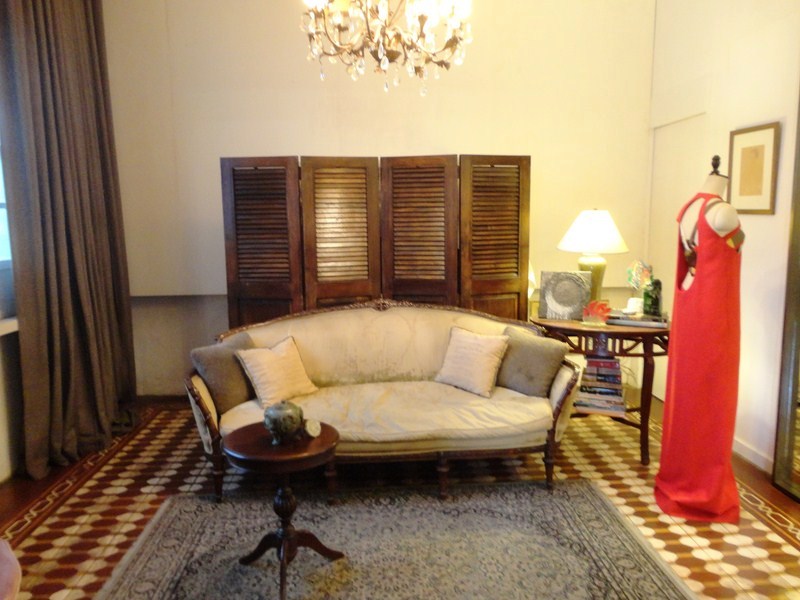
Reception area with a chandelier from Ricky David, couch from Eric Paras and louver screen from Albert Avellana
Despite the heavy Pasay traffic and braving the pollution and the gritty stretch of urban decay on that day, the sudden change of atmosphere, once inside this place of calm, was truly worth the extra effort.
Avellana Art Gallery: Unit A-19, 2680 F.B.Harrison St., Pasay City. Tel: (632) 833-8357. E-mail: avellana_gallery@yahoo.com. Open Mondays to Saturdays, 10 AM to 7 PM.
Atelier of Jojie Lloren: Unit A-17 2680 F.B Harrison St., 1300 Pasay City. Tel: (632) 556-4725, (632) 641-9347 and (632) 401-1194. Fax: (632) 896-7199. E-mail: lyorenne@hotmail.com.
Artelano 11 Furniture Gallery: Unit A-11, 2680 F.B. Harrison St., 1300 Pasay City. Tel: (632) 832-9972. Mobile number: (0917) 837-0115. E-mail: a_eleven05@yahoo.com.
Automobile Association Philippines (AAP): 28 EDSA, Greenhills, San Juan City. Tel: (632) 655-5889. Fax: (632) 655-1878. E-mail: info@aap.org.ph. Website: www.aap.org.ph.
AAP Travel: G/F, Sea Tower Bldg., 2332 Roxas Blvd. cor. Arnaiz Ave., Pasay City. Tel: (632) 551-0025. Fax: (632) 551-0014. E-mail: info@aaptravel.com. Website:www.aaptravel.com.ph.

